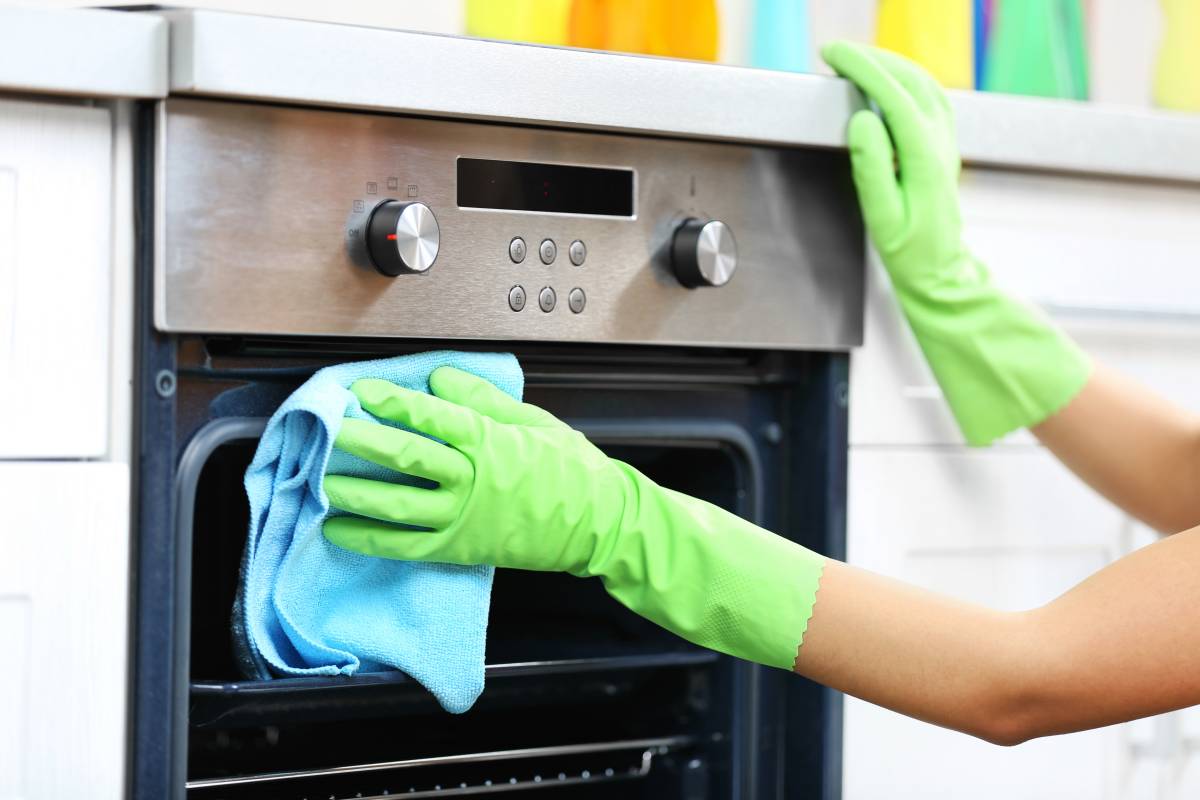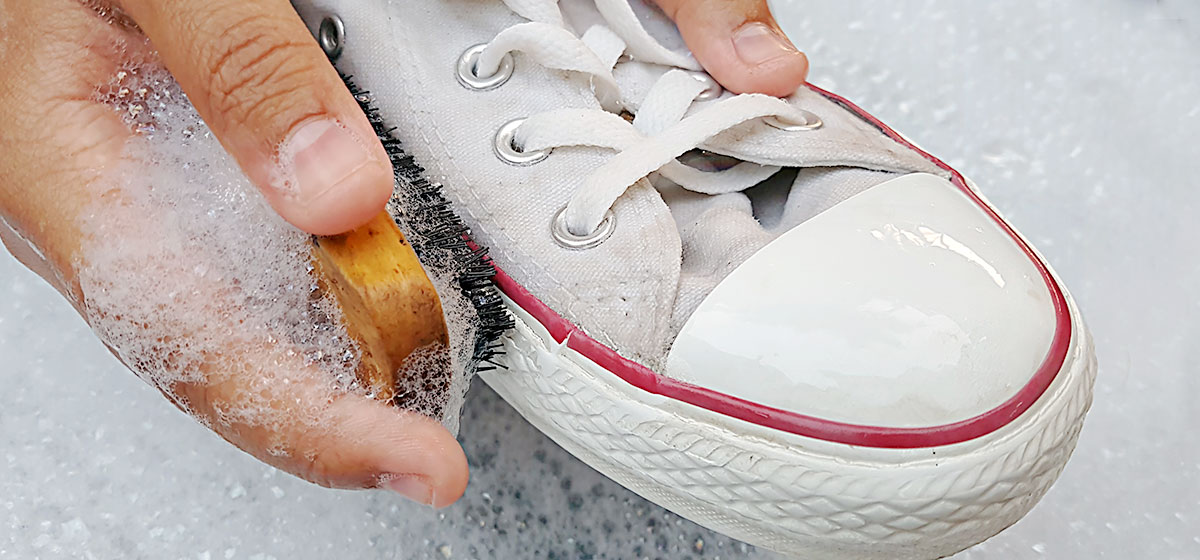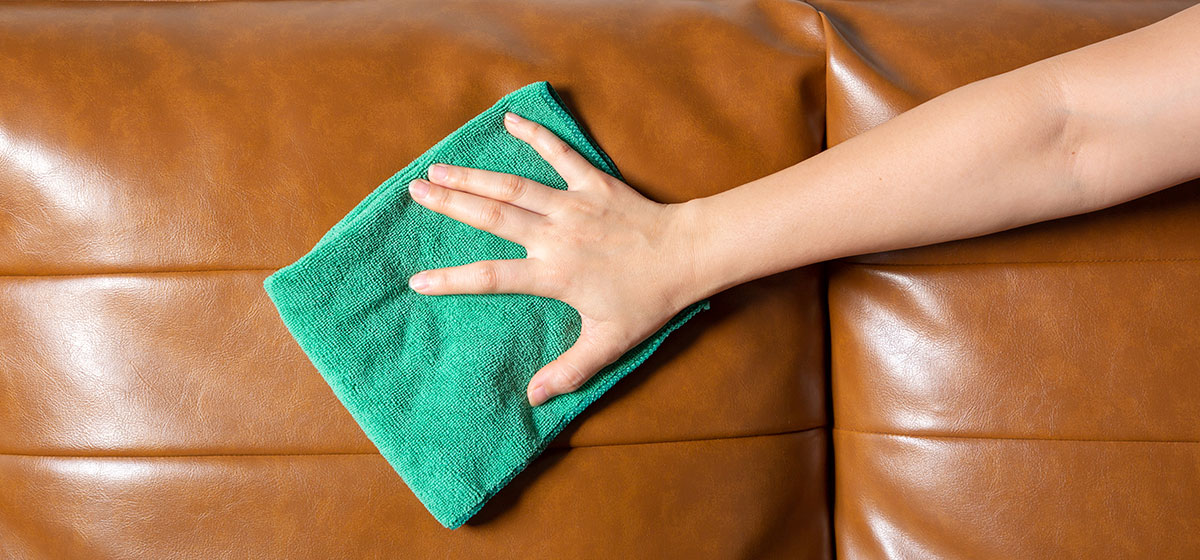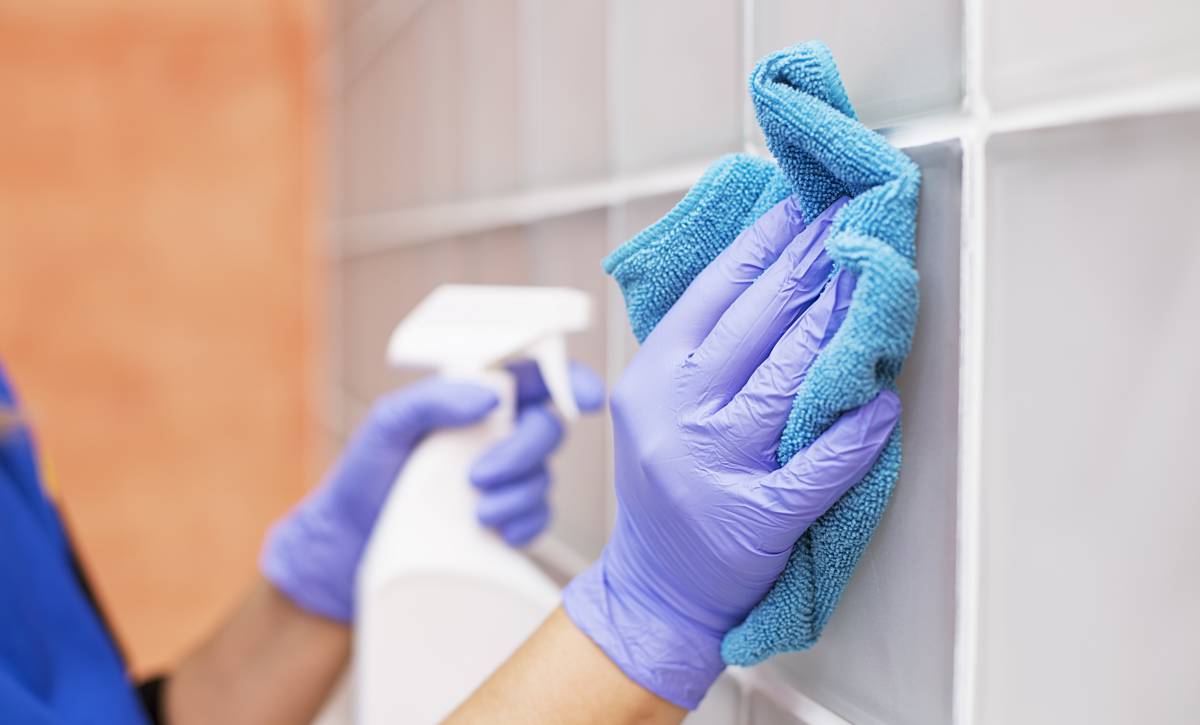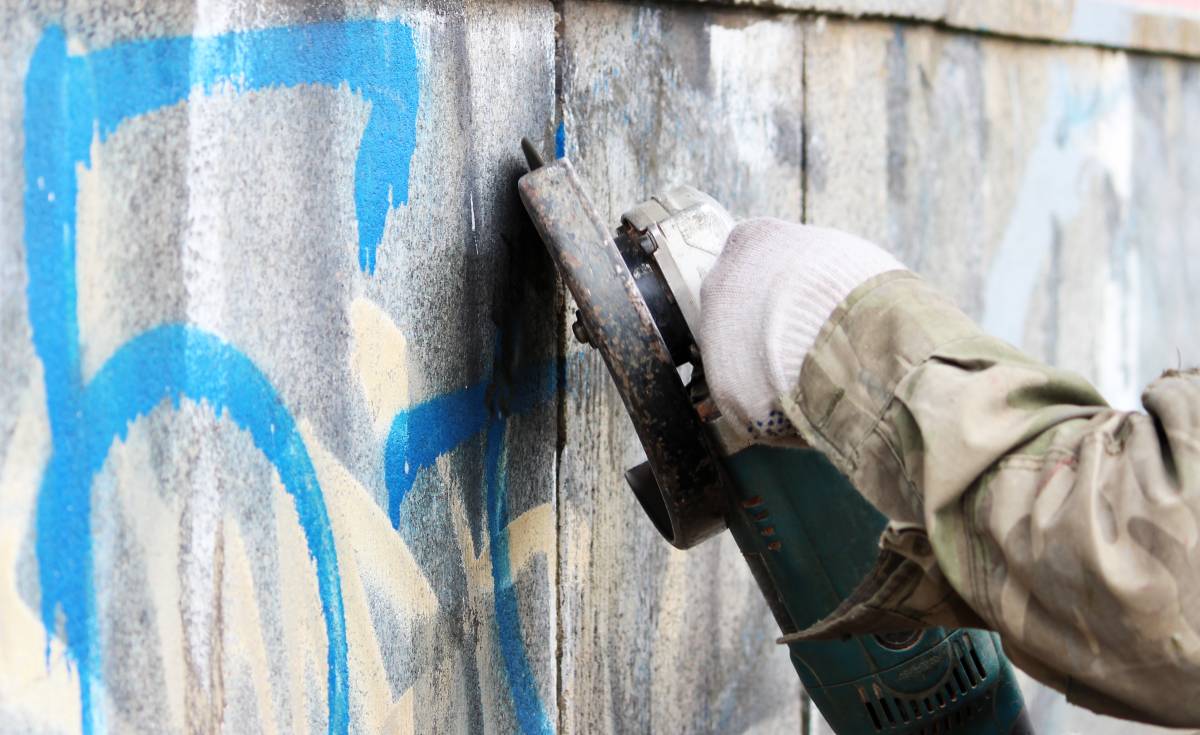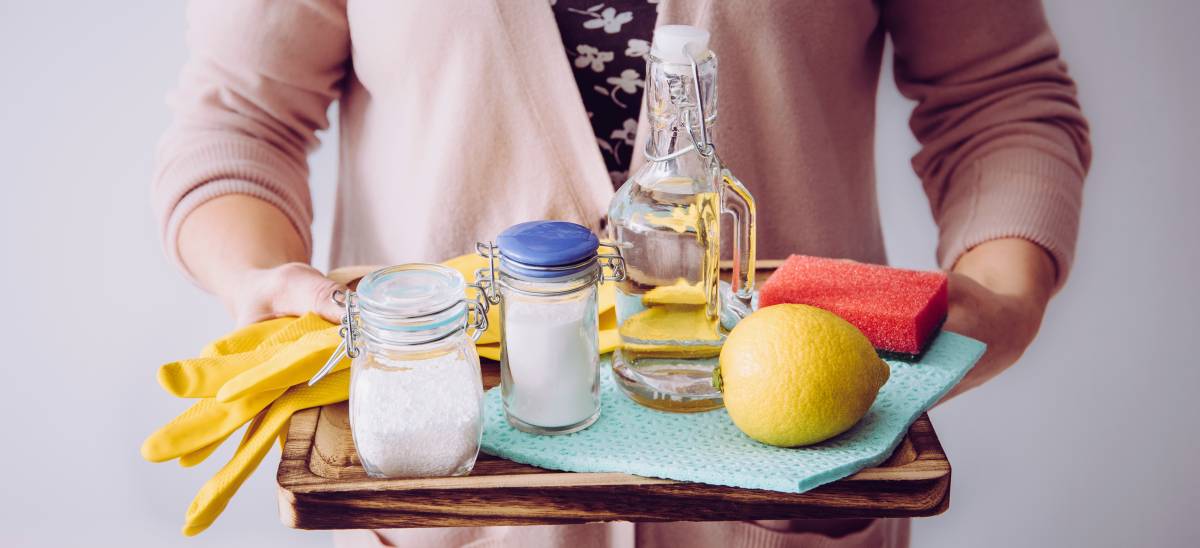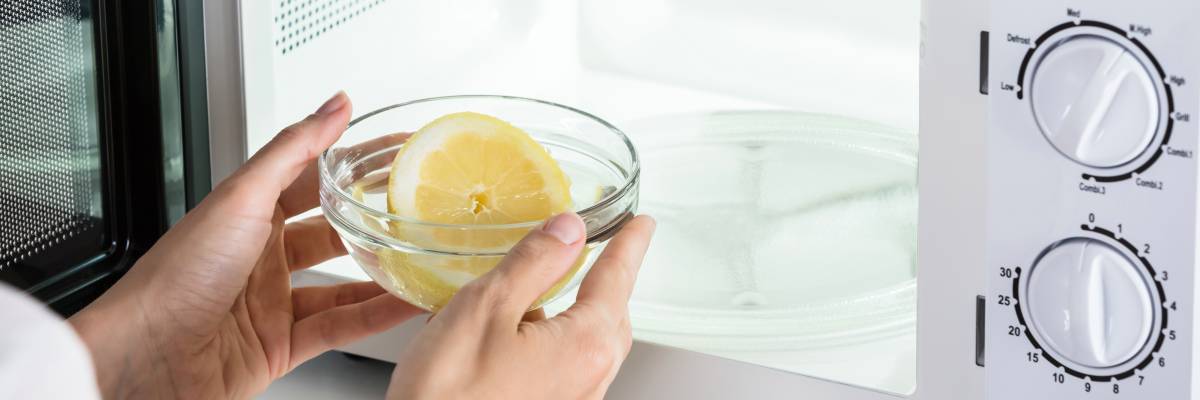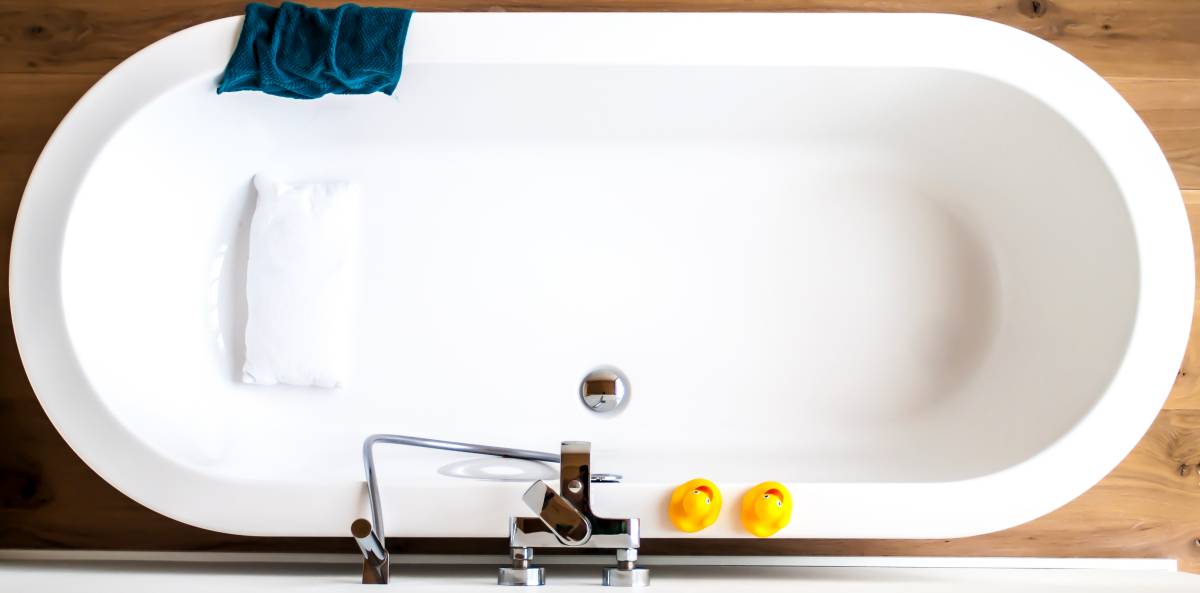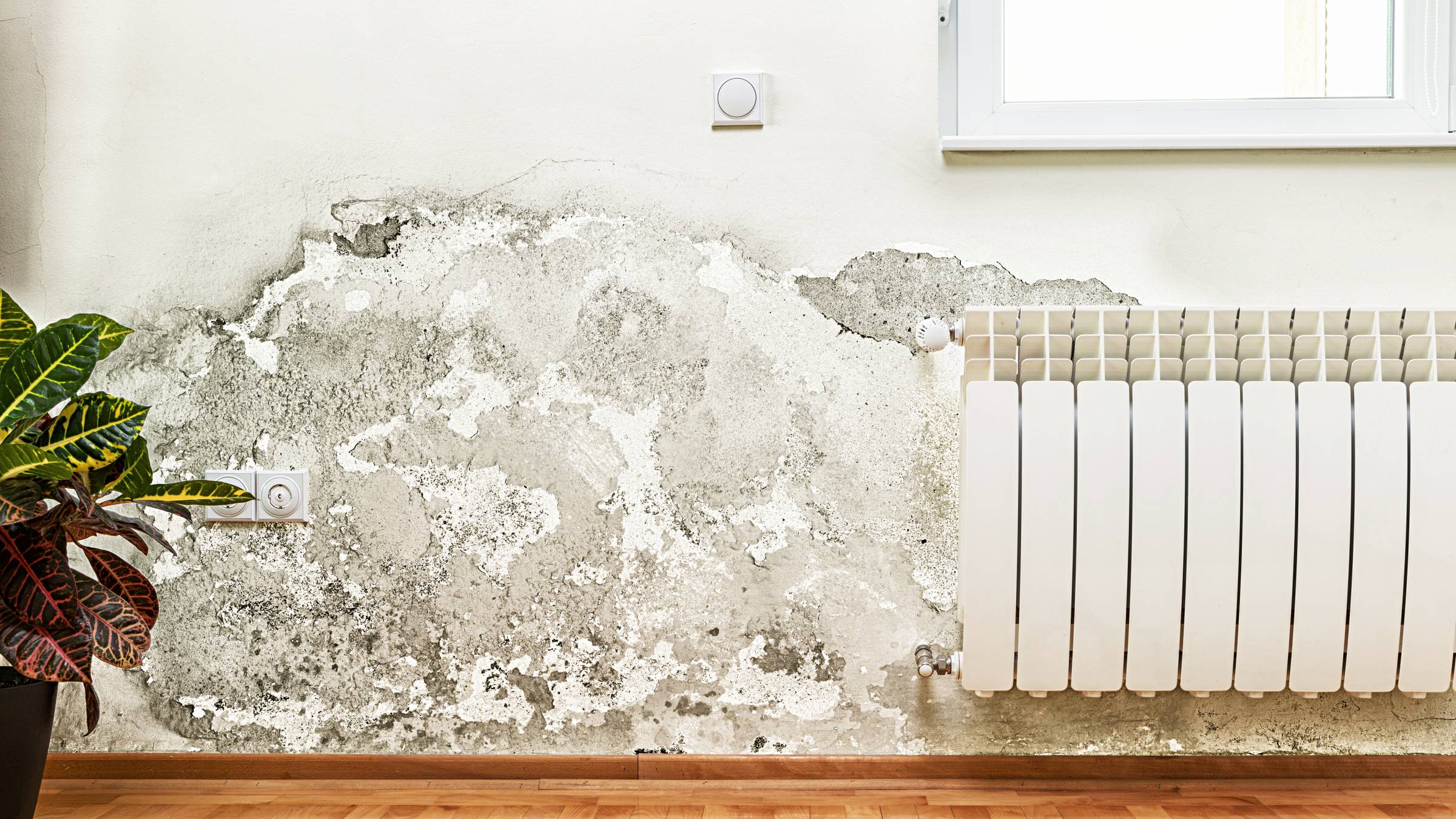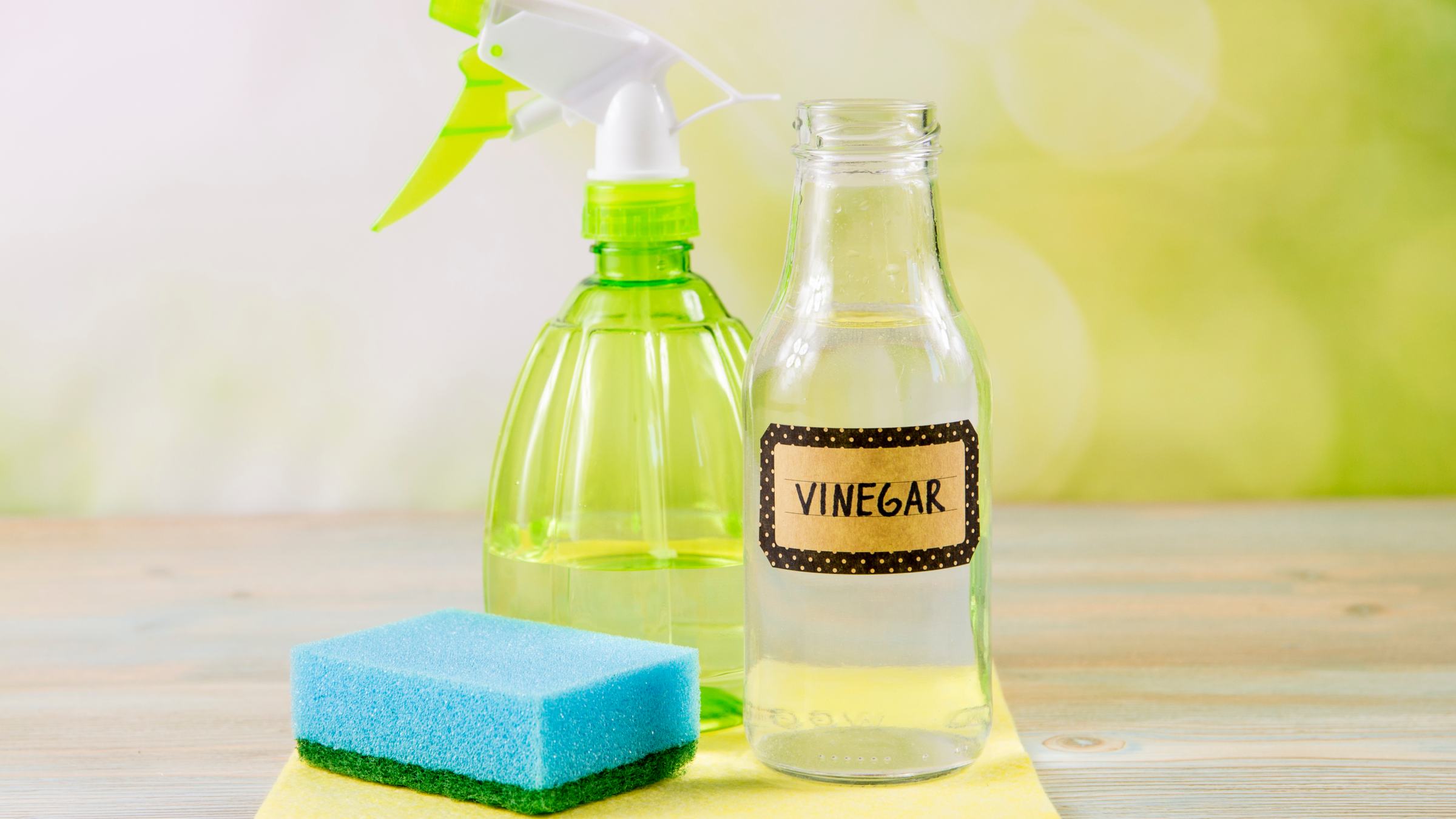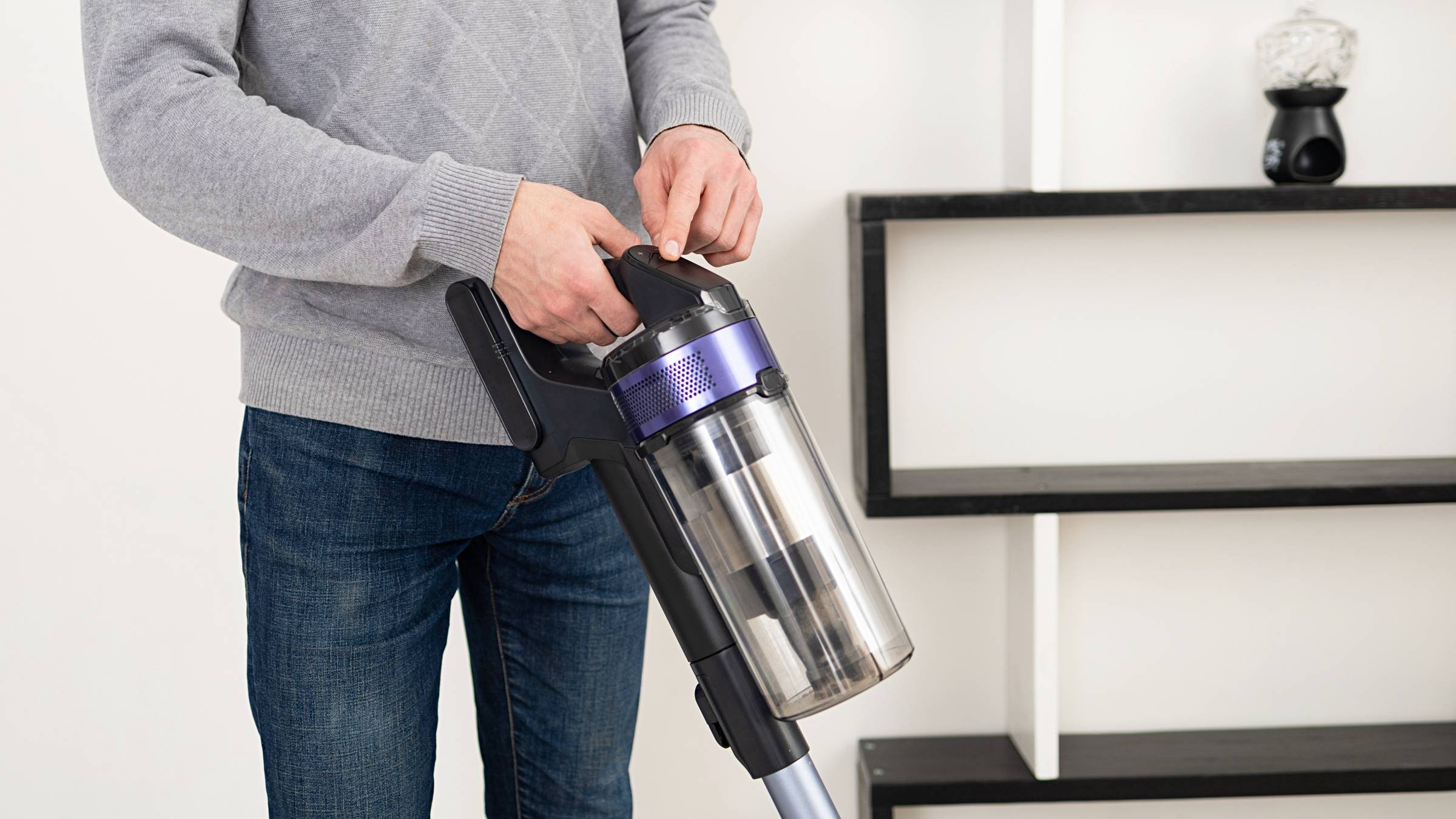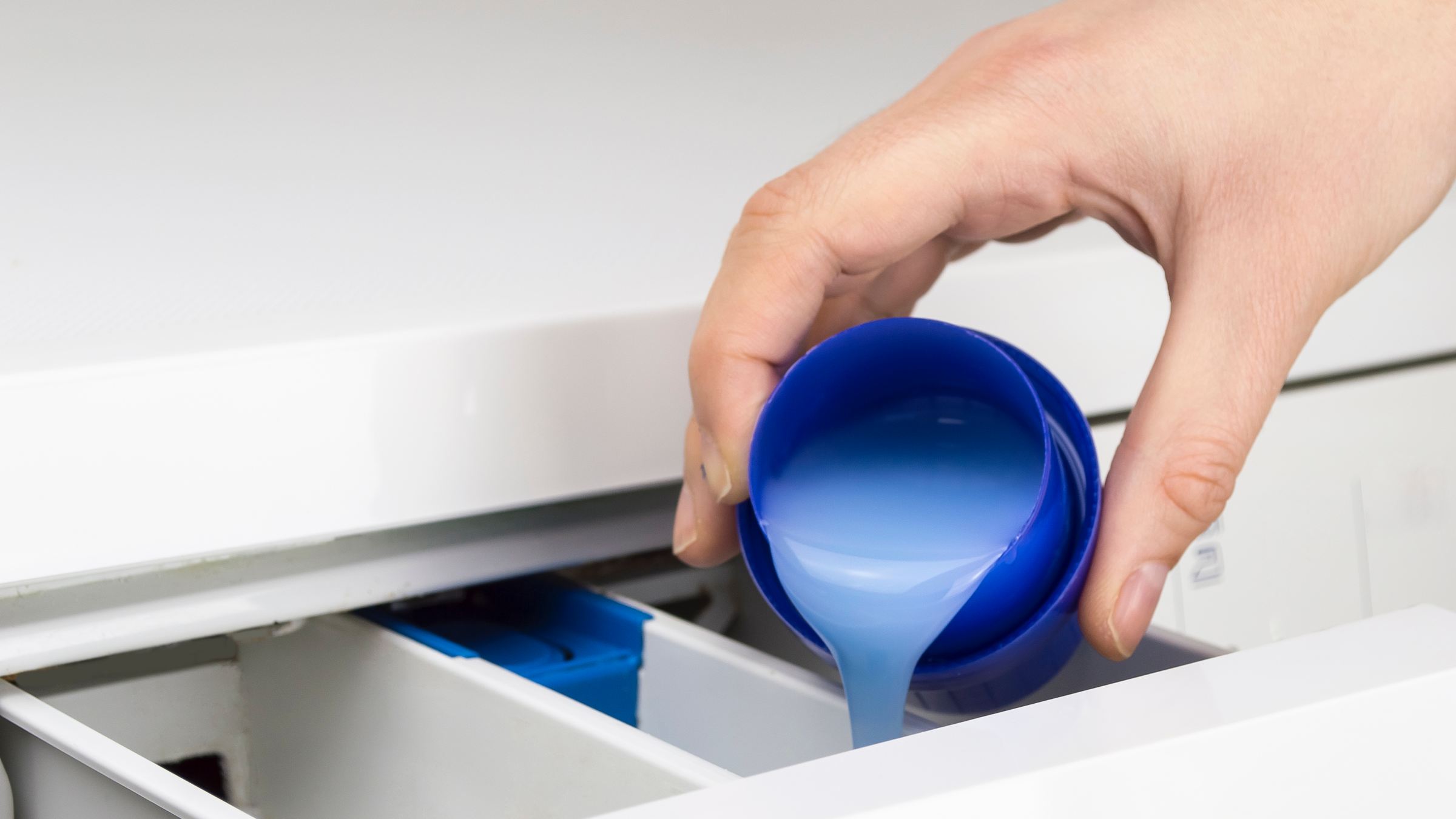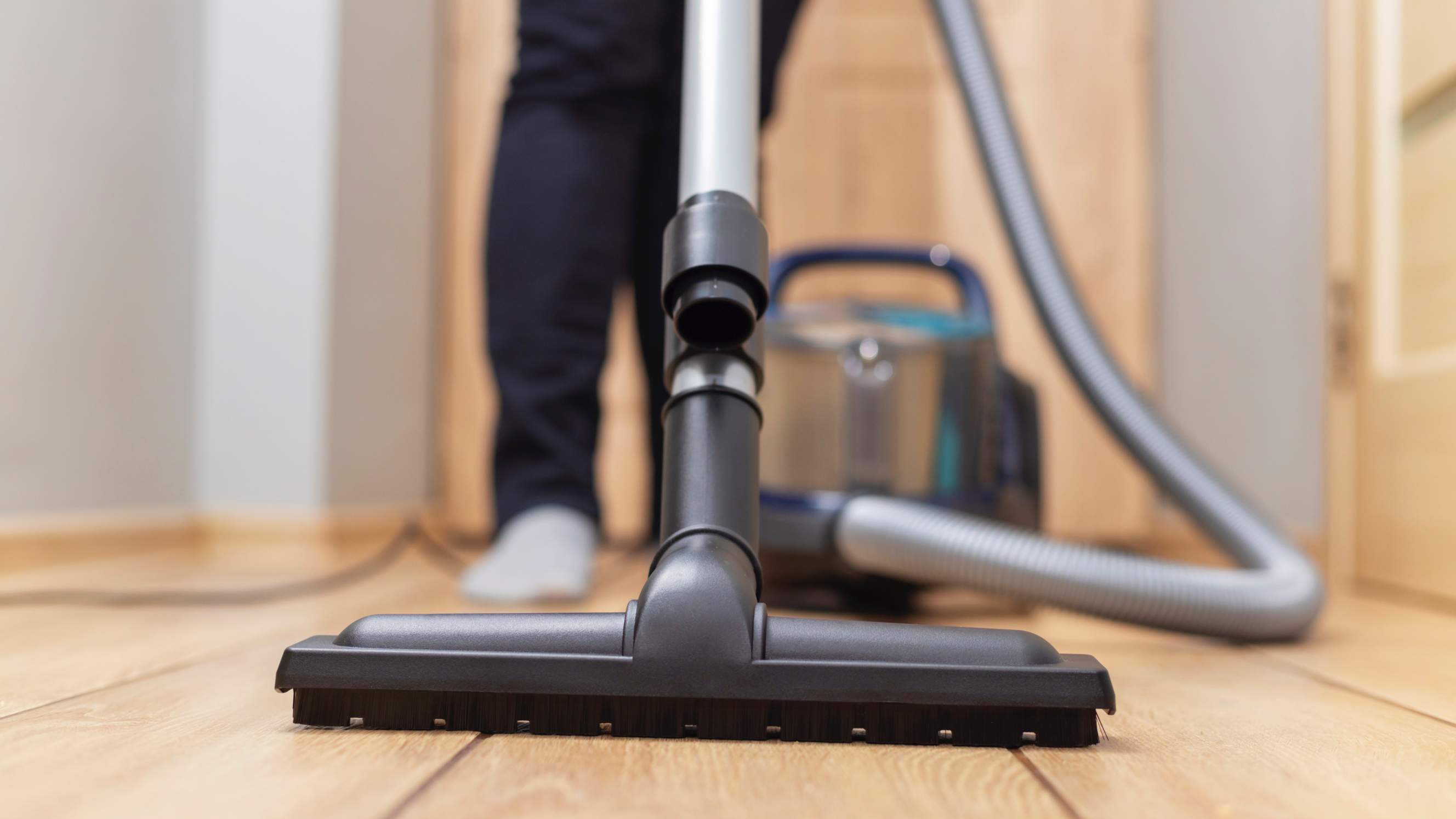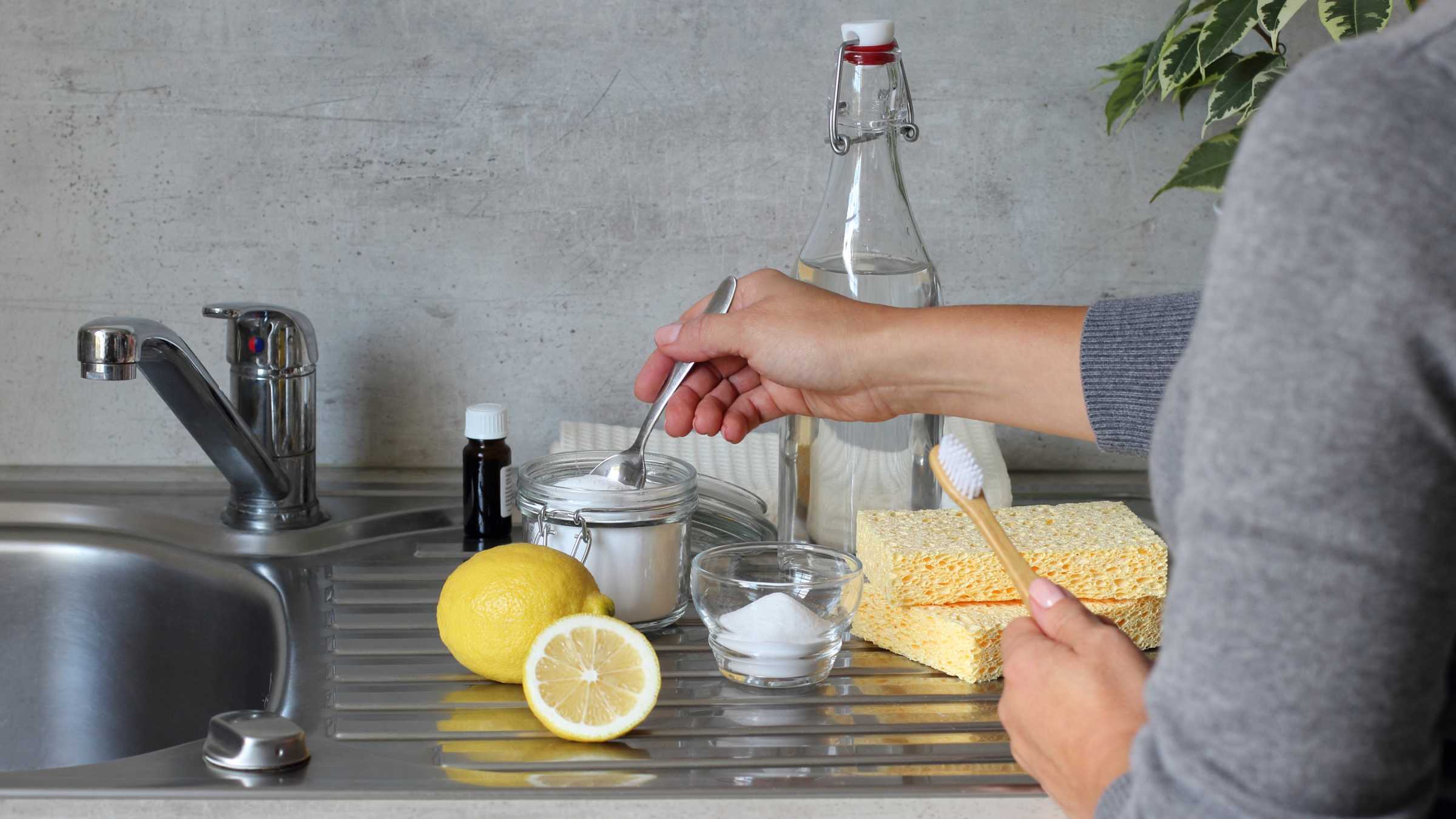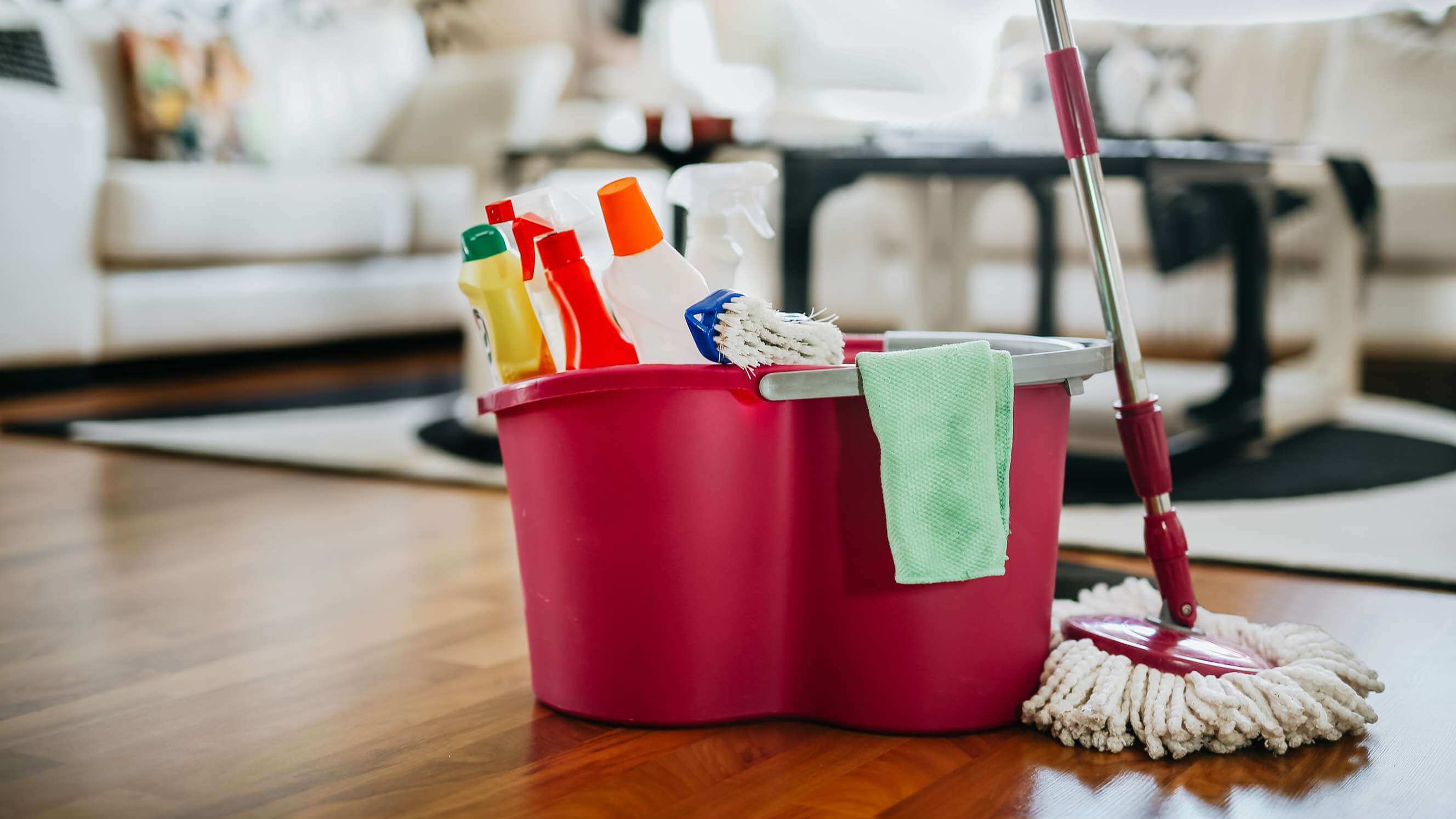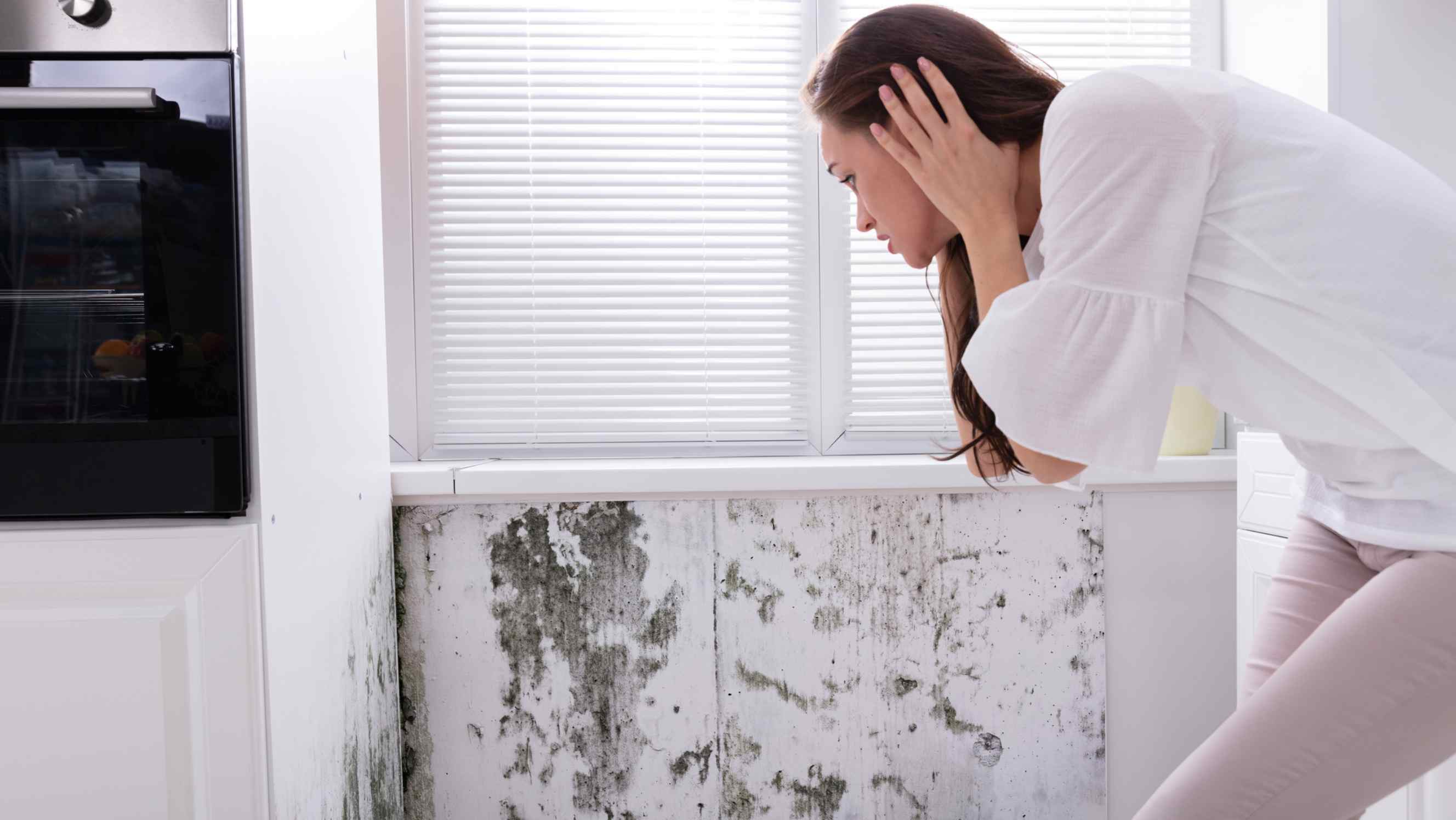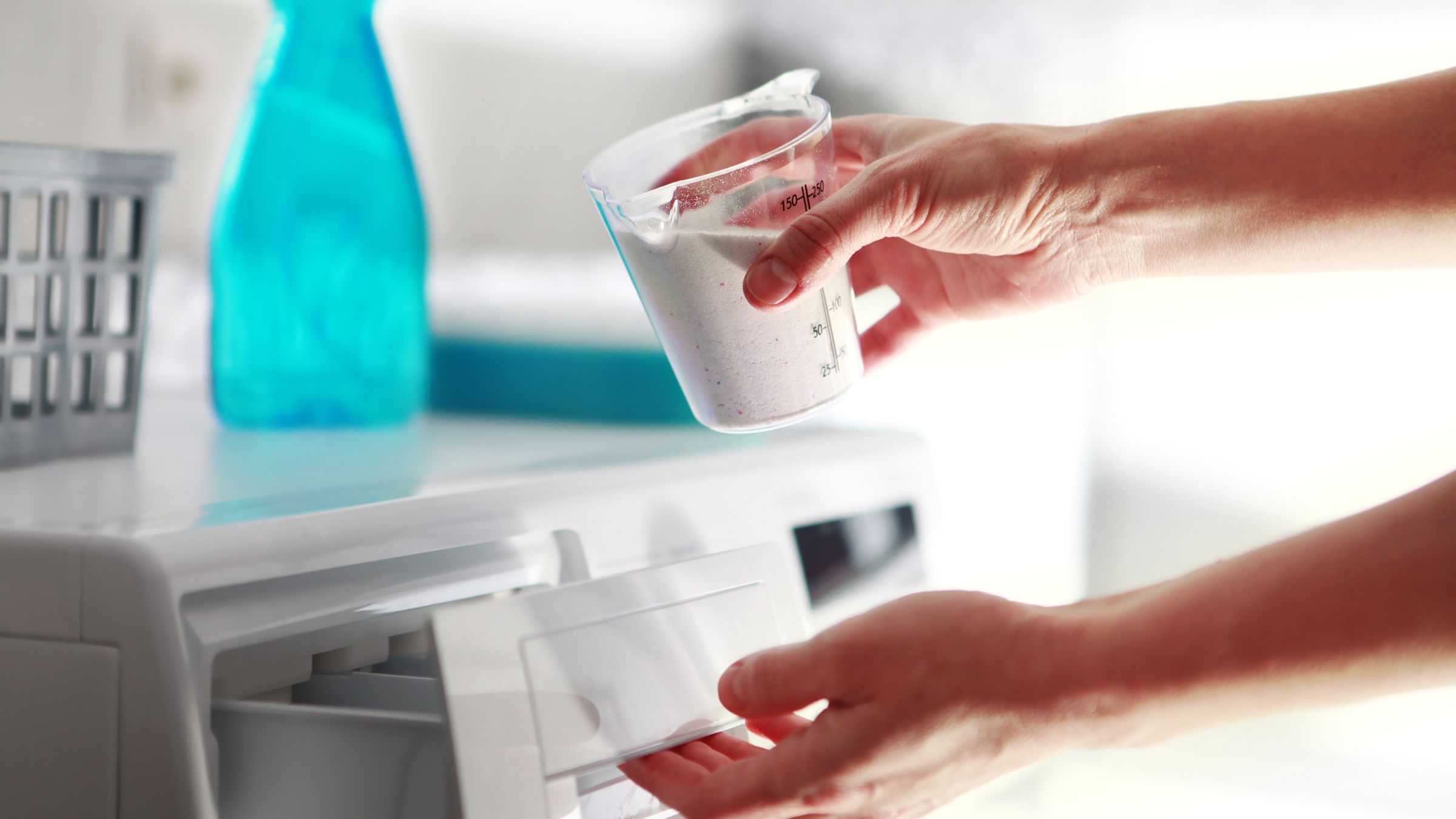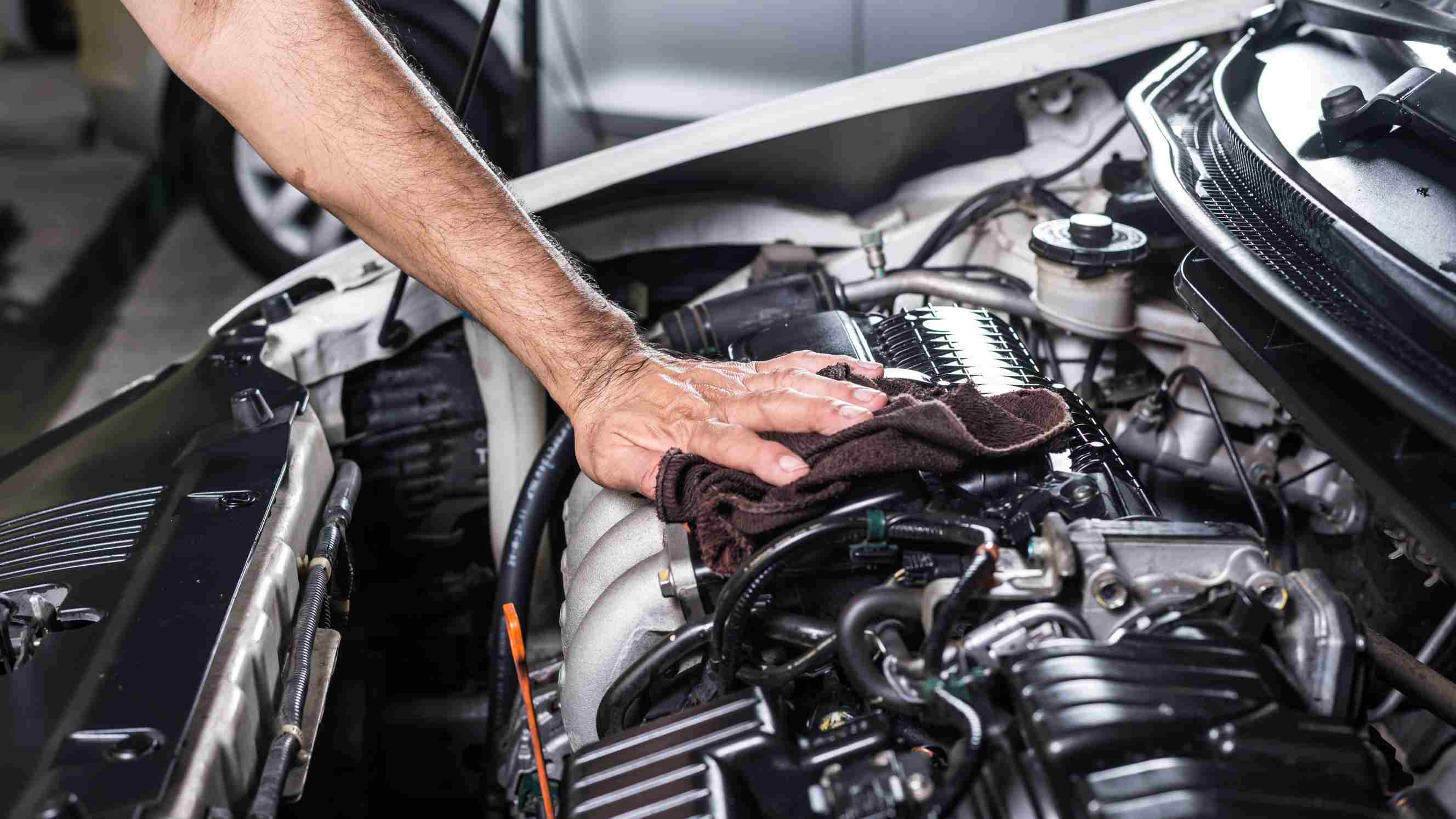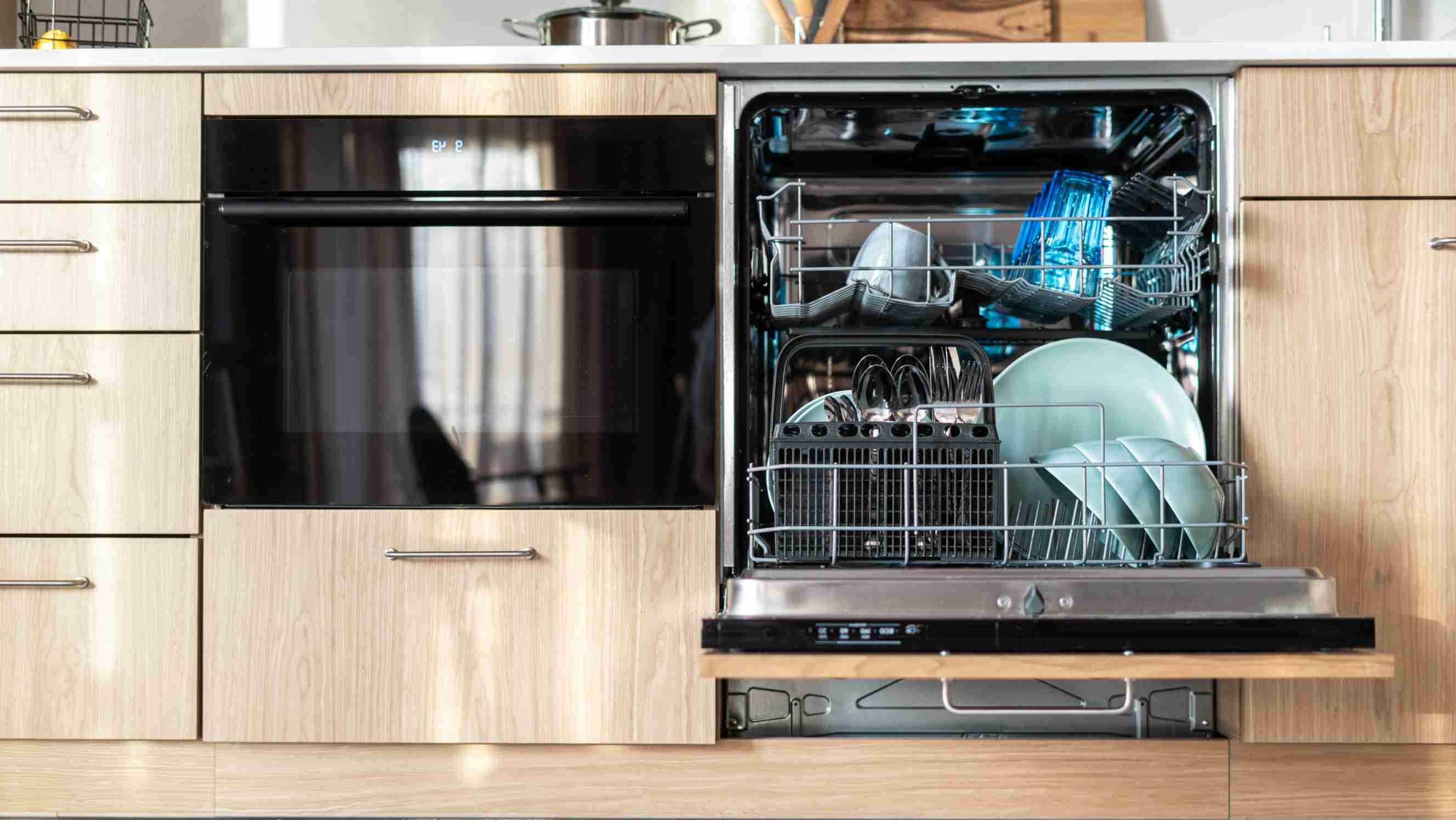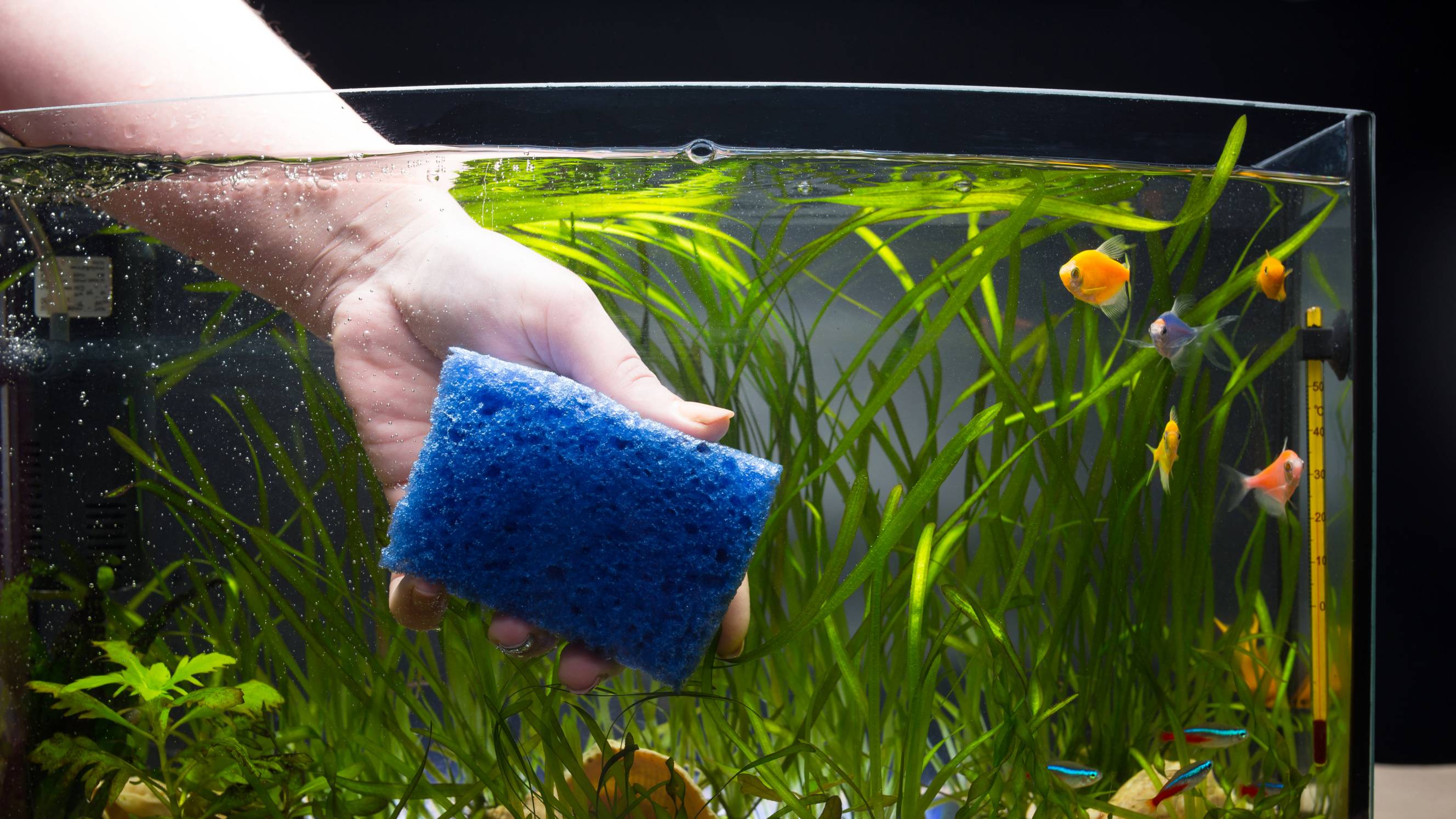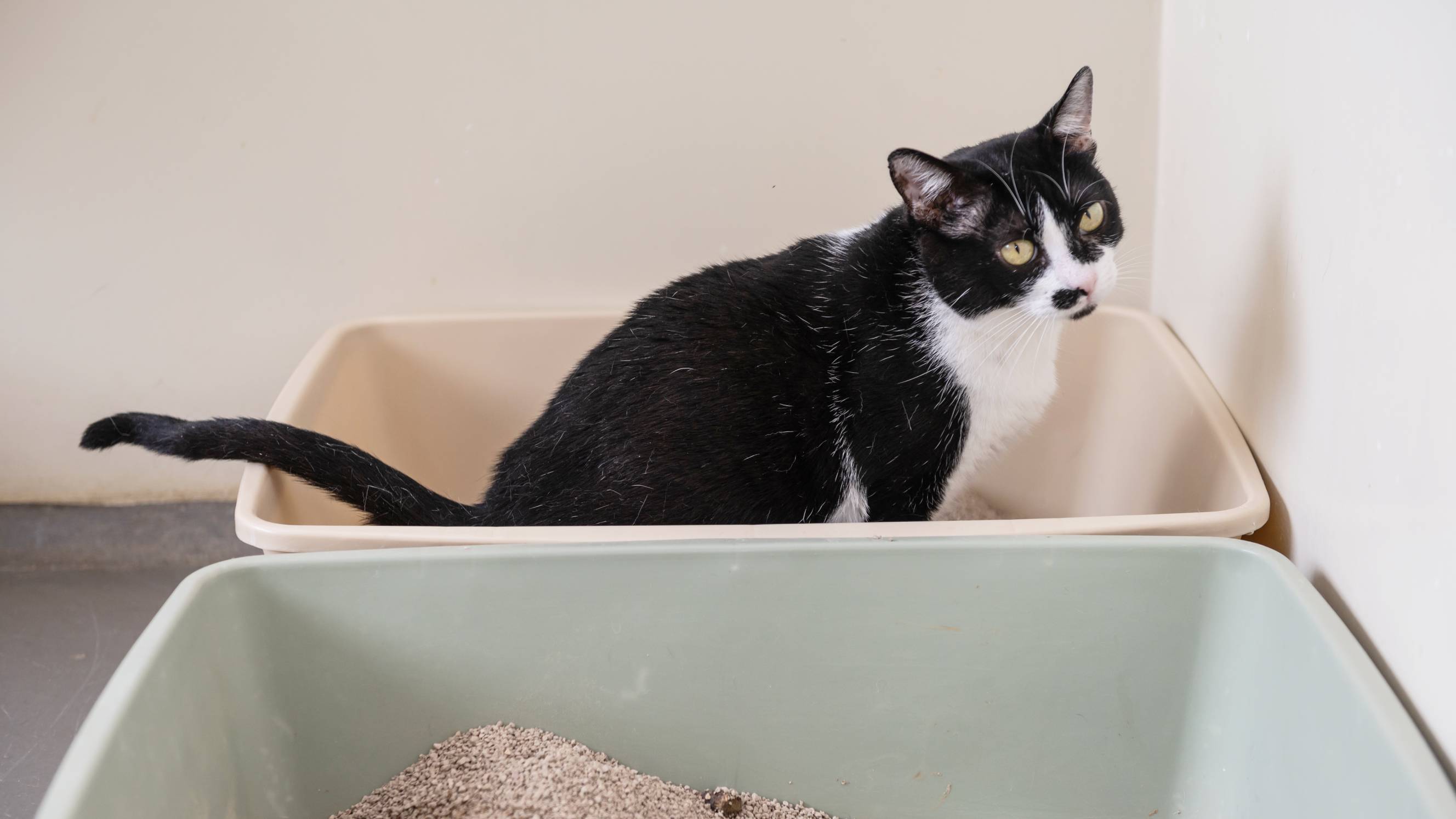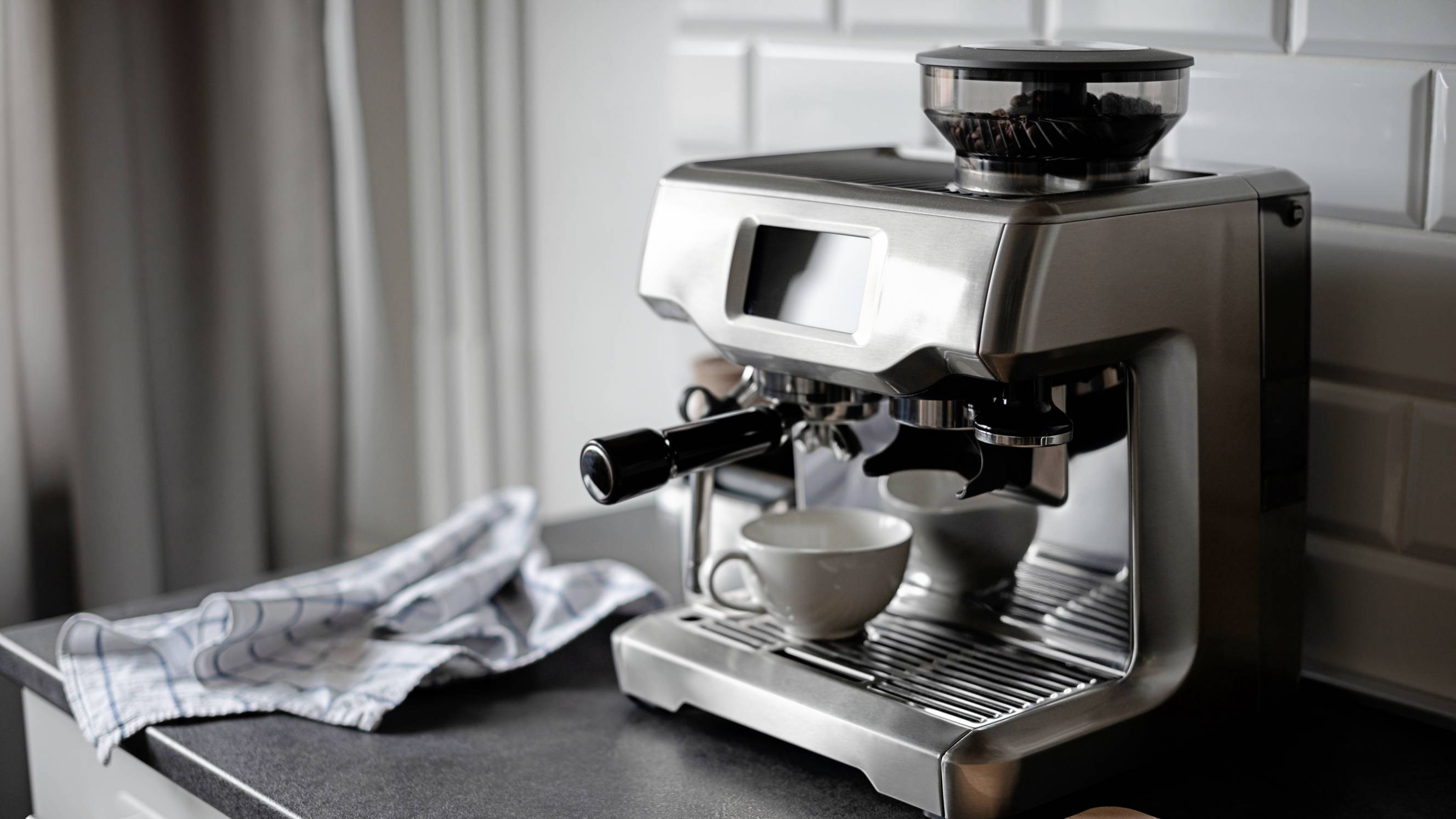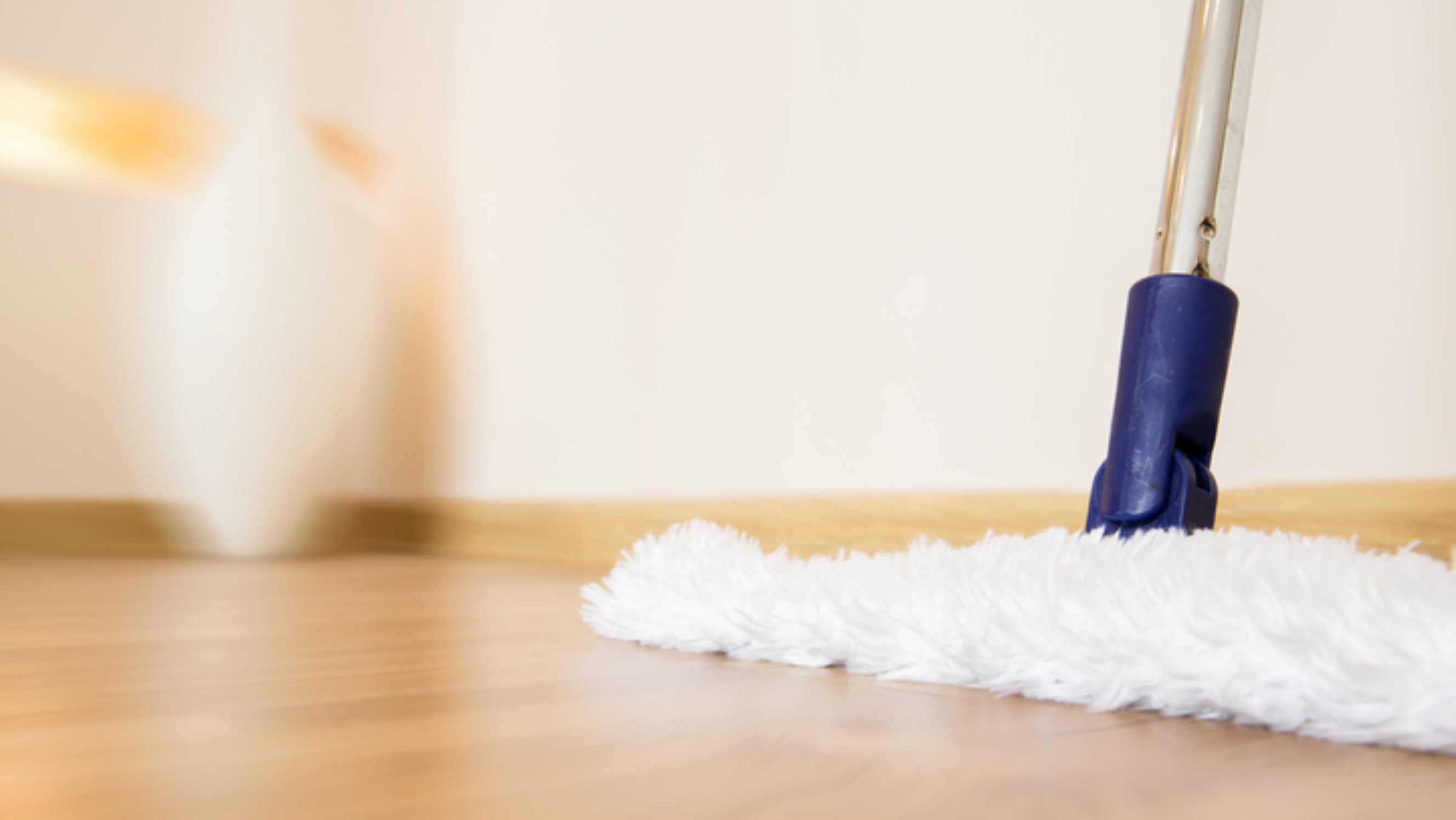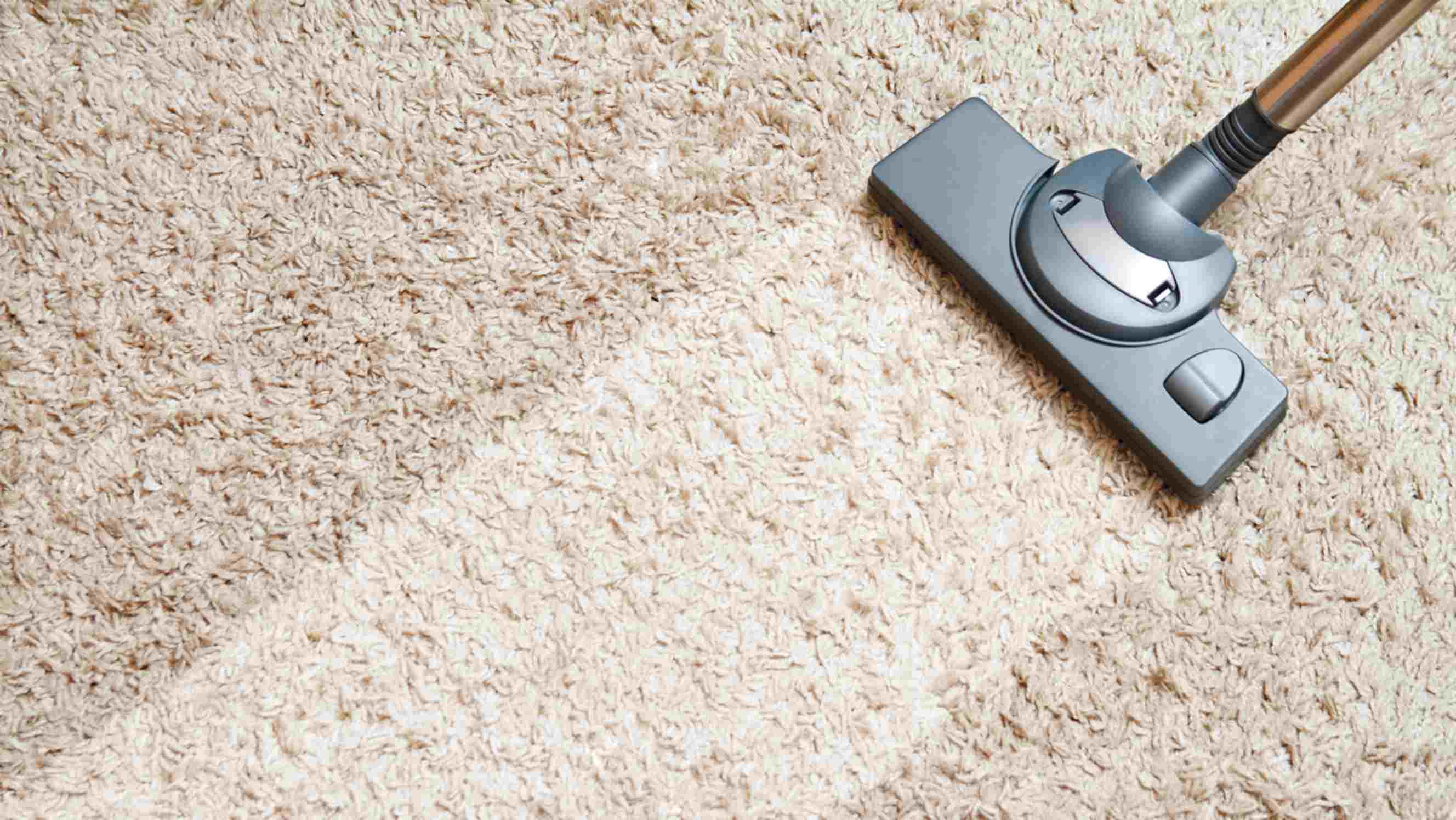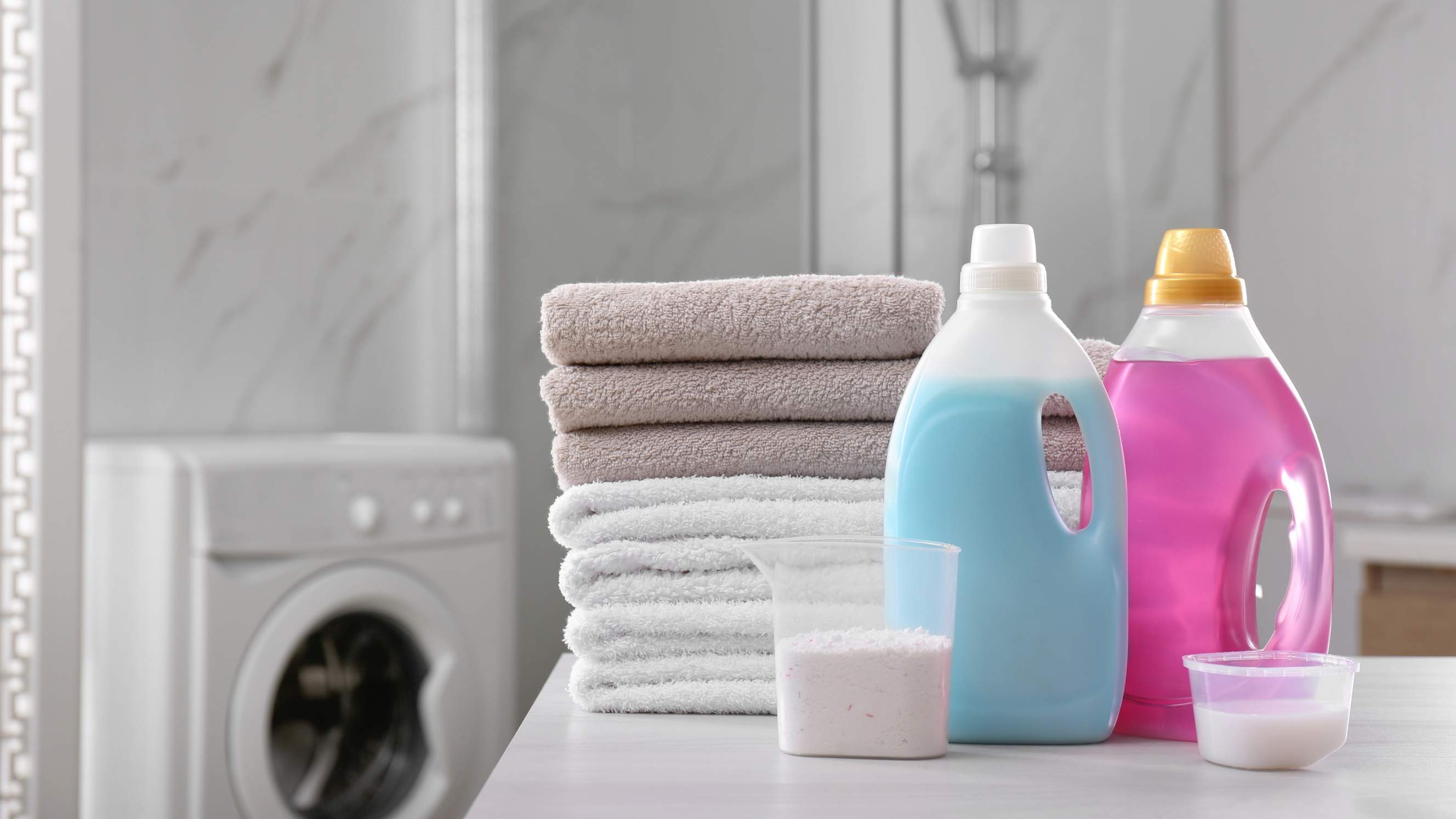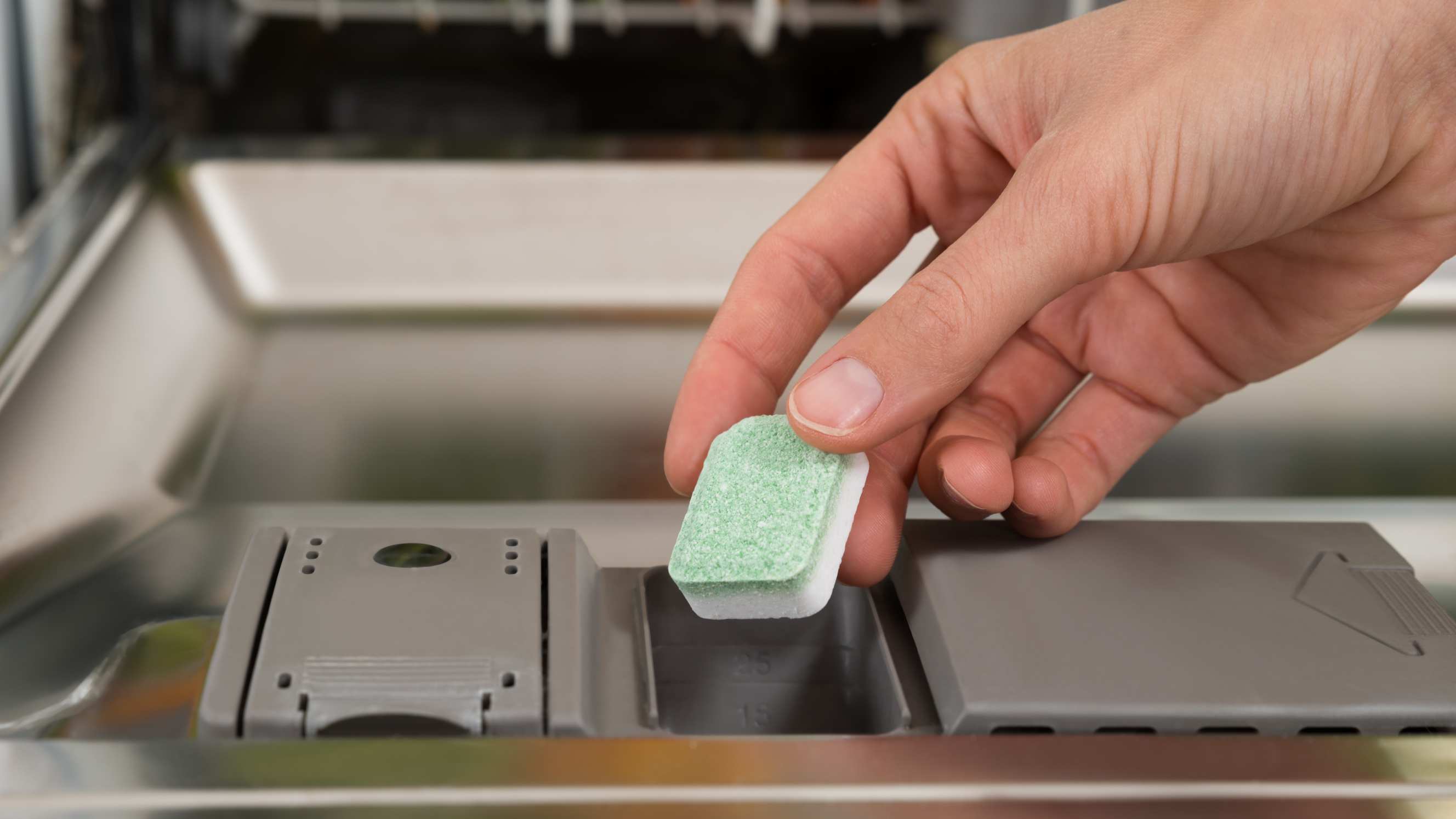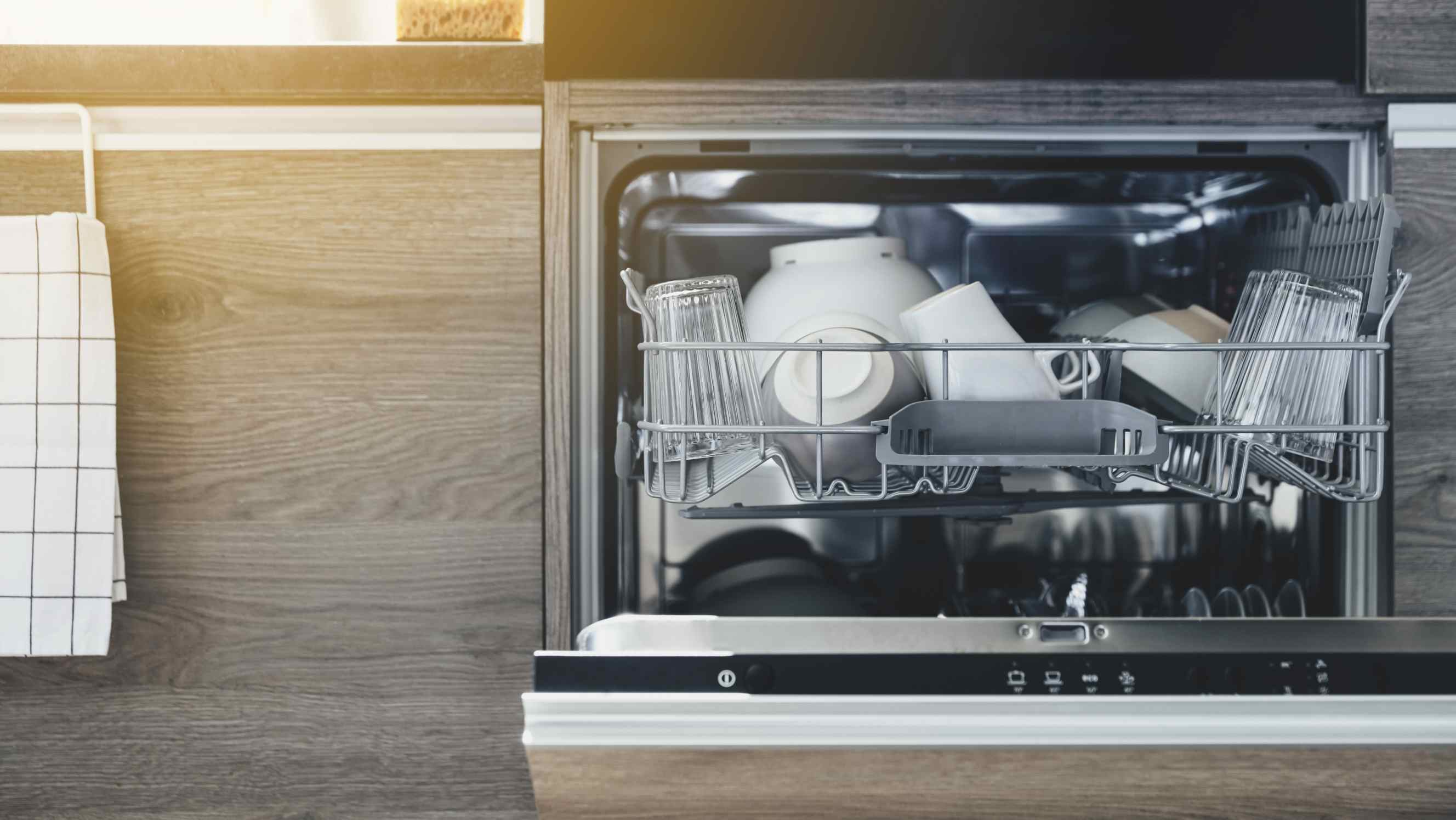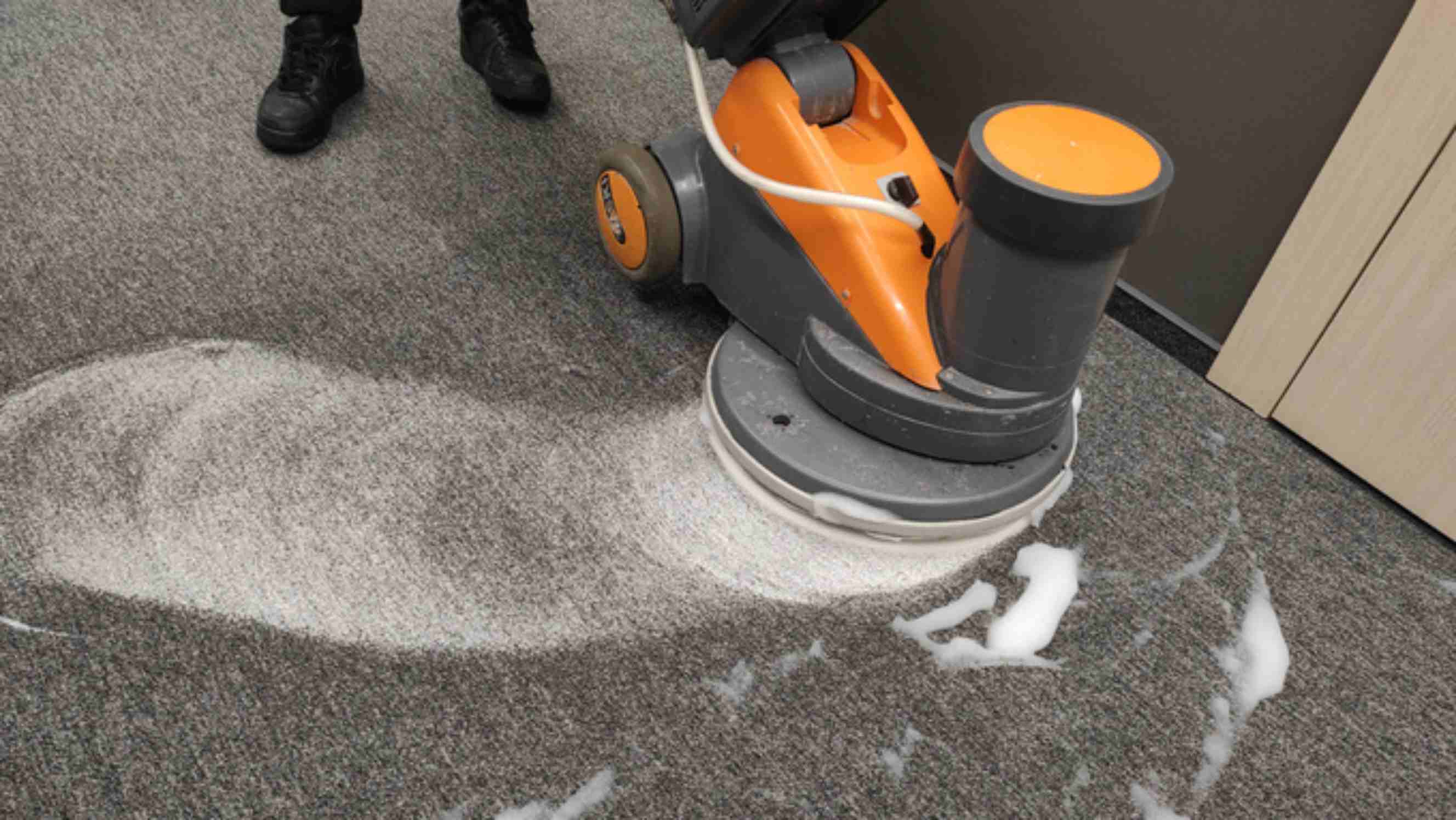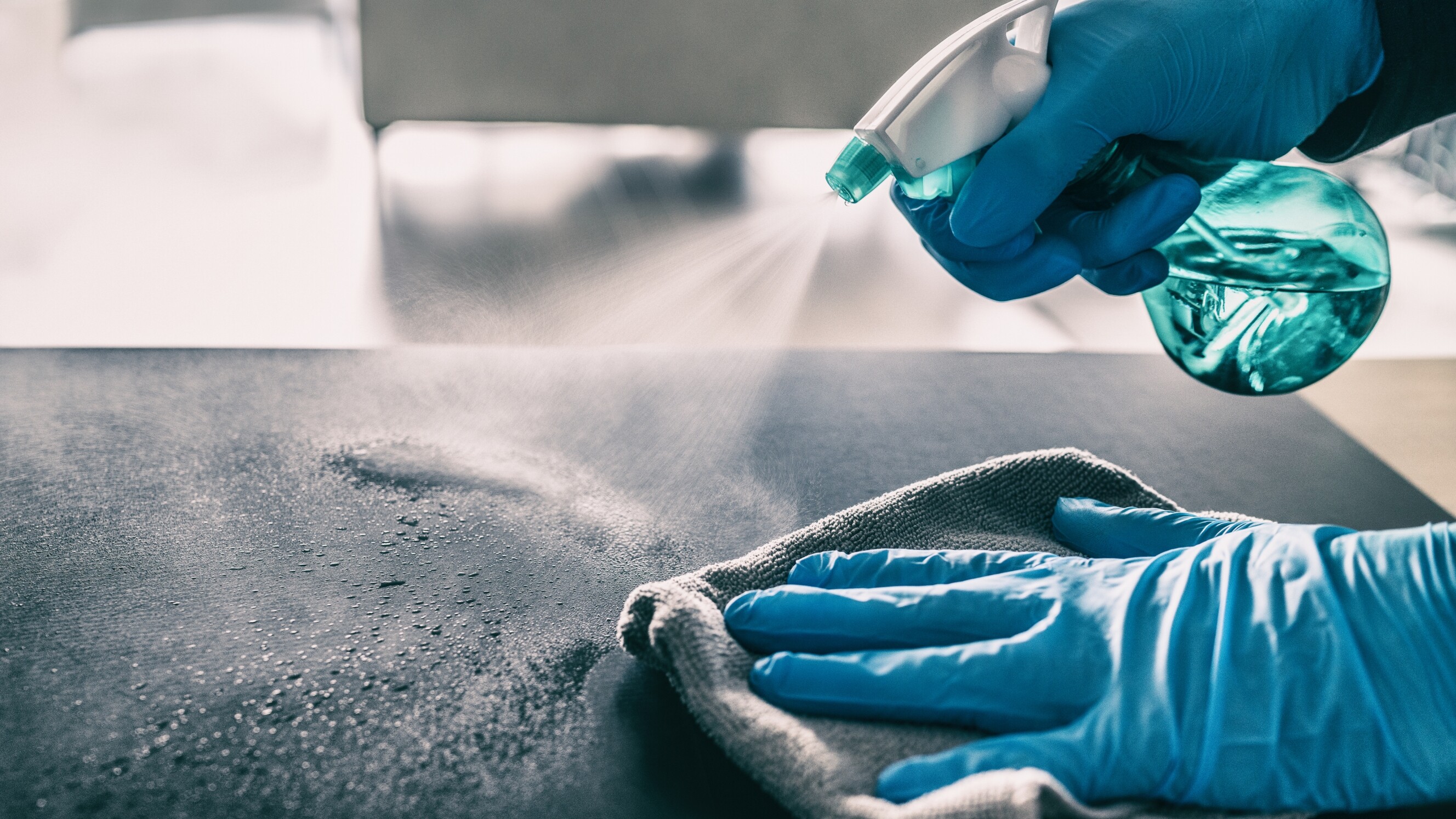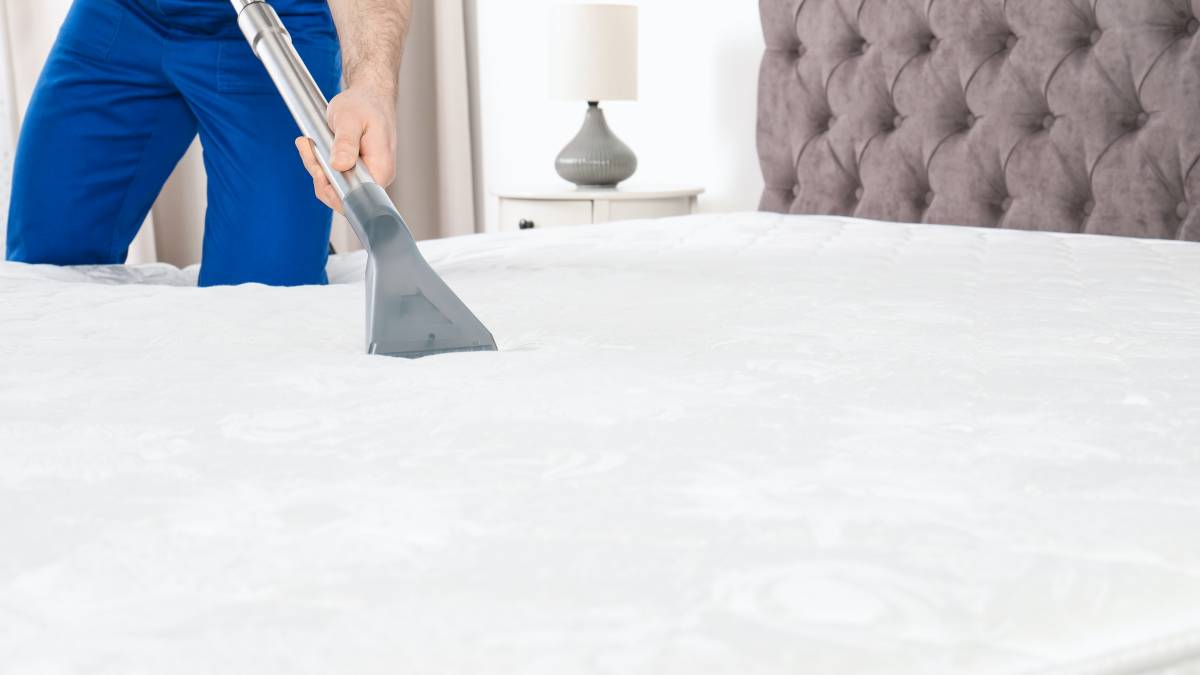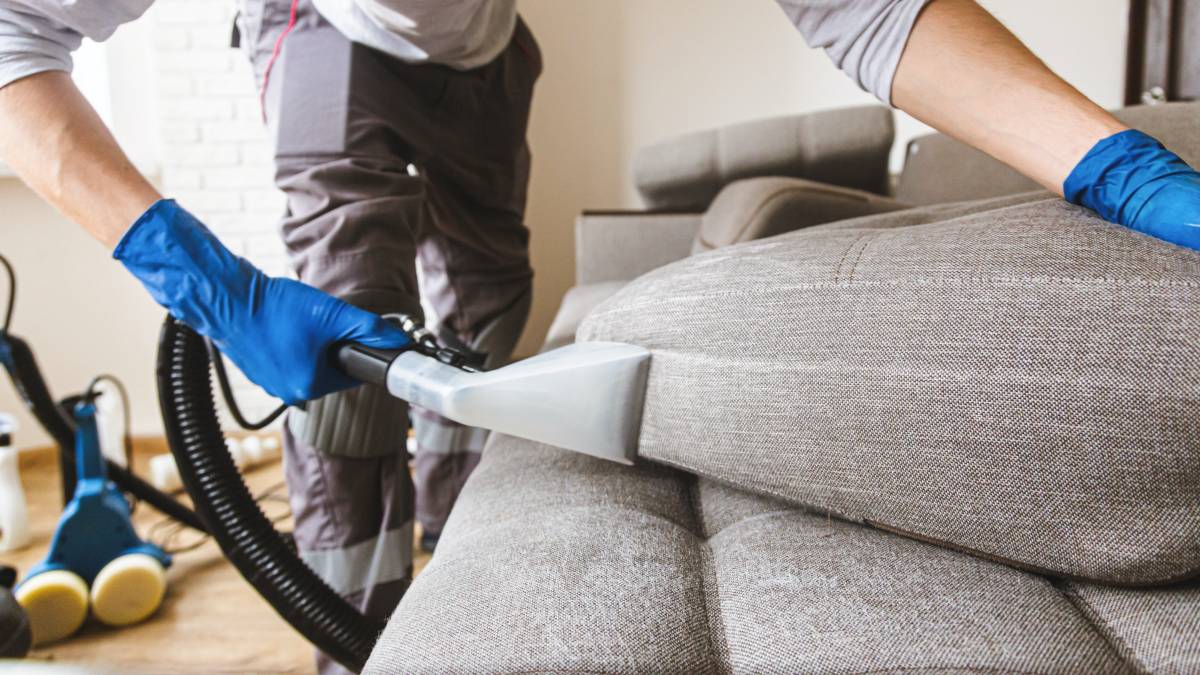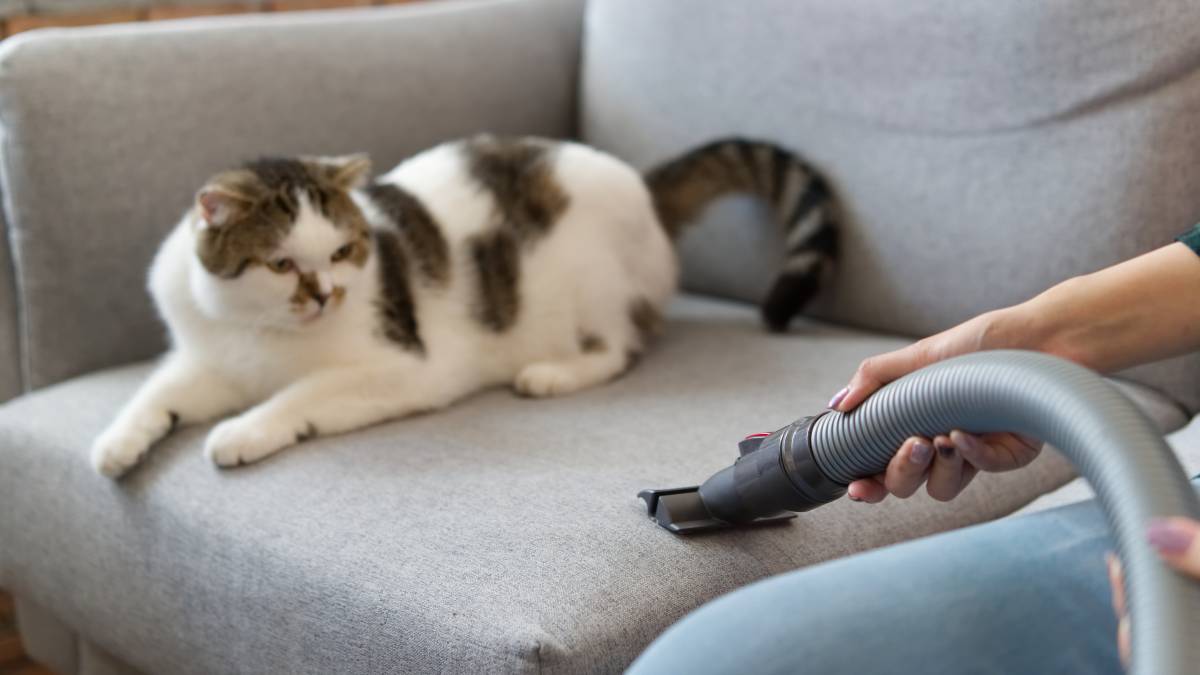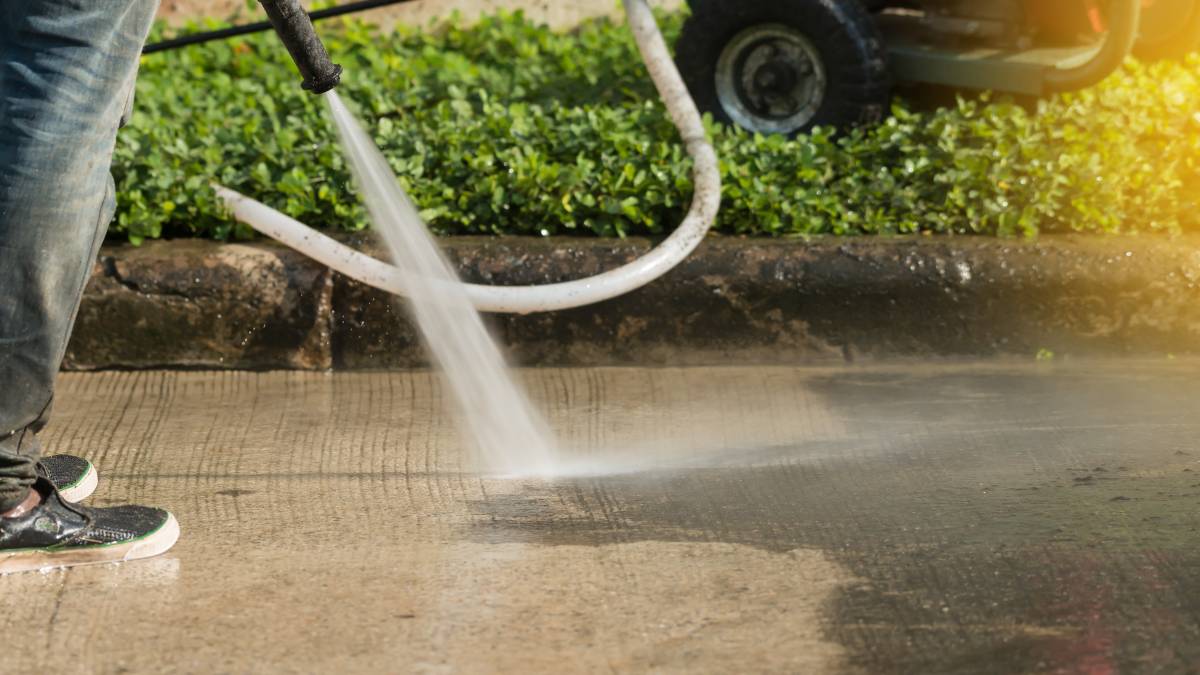
How to best clean a washing machine
Cleaning your washing machine at home like a pro
Get washing machine cleaning quotesLast Updated on
Washing machines are workhorses, cleaning your clothes tirelessly. But like any appliance, they need a little TLC to keep them functioning optimally. Here in Australia, the hot and humid climate can accelerate the growth of mould and mildew, especially with detergent and softener residue buildup.
By learning some simple cleaning techniques, you can keep your washing machine functioning optimally.
Basic steps to cleaning your washing machine
Keeping your washing machine clean ensures it delivers fresh laundry. Here’s a step-by-step approach:
Step 1: Tackle the gaskets

Start by tackling the door seals and gaskets. Soak some towels in white vinegar or hydrogen peroxide. Place these towels on the gasket cavities for an hour to loosen grease or mould. Wipe the area down thoroughly, using a toothbrush for any stubborn residue. Rinse the area with clean water.
Step 2: Deep clean the drum
Now, it’s time for the drum! You have a few options:
- Natural clean: Combine one litre of vinegar and a half cup of baking soda in the detergent dispenser (for a front-loader) or directly in the drum (for a top-loader). Run a hot water cycle on an empty machine.
- Alternative options: If you don’t have vinegar and baking soda, chlorine bleach, enzyme detergent, citric acid, or hydrogen peroxide can be used instead (check your machine’s manual for compatibility).
When using a top-loader, let the water run for a few minutes before adding the cleaning solution. Let the machine run for a minute to mix, then pause the cycle for an hour before completing the wash.
Step 3: Clean while it cleans
As the cleaning cycle works its magic inside the machine, take advantage of this time to tackle the exterior. Use a soft cloth dampened with white vinegar to wipe down the entire washing machine’s surface. Pay particular attention to the control panel, knobs, and detergent dispenser.
Step 4: Run a second hot water cycle
Run a final hot water cycle with a dash of vinegar to remove residue. Leave the door open for a few hours (or overnight) to dry the drum and prevent mildew growth. Wipe the door seal dry for extra protection.
Step 5. Clean all the other parts
Here’s your chance to give your machine a spa day! Use another vinegar-soaked towel to clean the inside of the lid, including hard-to-reach areas like nooks and crannies. Don’t forget the top edges and the rim of the tub. For top-loaders, clean the agitator as well. Finally, wipe down the machine’s exterior for a sparkling finish.
Popular cleaning solutions for washing machines

Keeping your washing machine clean isn’t just about fresh laundry but optimal performance and preventing unpleasant smells. Here’s a breakdown of five popular methods and the ingredients that tackle different cleaning challenges:
The classics: baking soda & vinegar
This dynamic duo is a popular choice for home cleaning. It’s gentle yet effective for removing limescale buildup and keeping your machine smelling fresh.
- 1 litre of white vinegar
- ½ cup baking soda
- Hot water cycle (around 90°C) on a long setting
The downside? This method might not be strong enough for heavily soiled machines or stubborn mould.
Powerhouse combo: enzyme detergent & oxygen bleach
This combination goes beyond basic cleaning. Enzyme detergent targets greasy residues, while oxygen bleach tackles stains and discolouration.
- Powdered enzyme detergent (with high grease-fighting enzymes)
- Oxygen bleach
- Hot water cycle (around 90°C) on the largest load setting
This method is ideal for machines that regularly handle heavily soiled laundry.
Natural all-rounder: citric acid
Citric acid is a natural powerhouse for tackling various washer woes. It removes soap scum and limescale, leaving your machine sparkling clean.
- 1 cup citric acid
- ½ cup baking soda
- Hot water cycle (around 90°C)
This method offers a natural and effective cleaning solution for most washing machine maintenance needs.
Mould terminator: hydrogen peroxide
Hydrogen peroxide tackles mould, limescale, bacteria, and viruses for a heavy-duty approach. However, it requires extra caution:
- 1 litre of hydrogen peroxide
- Hot water cycle (around 90°C) on a long setting
- Soaking time (around 3 hours) for best results
- May require multiple cycles for front-loading machines
This method is best reserved for machines with significant mould problems.
Odour eliminator: chlorine bleach
While chlorine bleach effectively cleans, it comes with a warning. It’s only suitable for cold or warm water cycles (around 40°C) and can damage certain washing machine components. Additionally, it doesn’t tackle limescale or mould well.
Note: Always check your washing machine’s manual before using any cleaning method, especially chlorine bleach, to avoid damaging components.
How to clean the other parts of a washing machine
Keeping your washing machine clean goes beyond just the drum. Here’s how to tackle other key areas:
Tub rims
Those hard-to-reach areas around the top rim of the washing machine can harbour grime. Grab a towel soaked in white vinegar or hydrogen peroxide. Wipe the opening, focusing on the space between the top edges and the rim. Don’t forget those tricky corners!
Detergent drawer
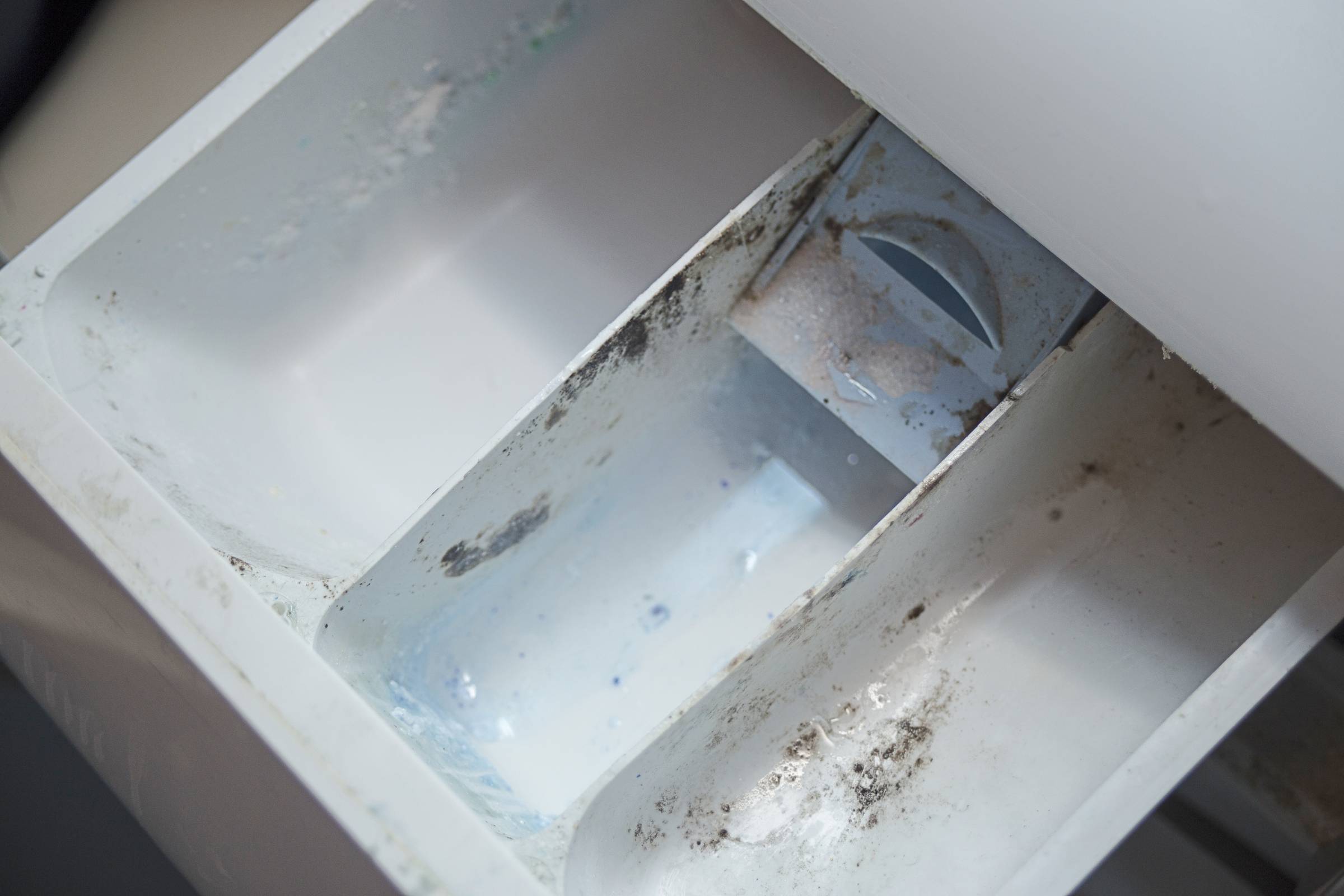
For a front-loader, your detergent drawer needs some love. Consult your manual for specific removal instructions. Once free, soak the drawer in hot water. Scrub away any mould or residue with a toothbrush. Rinse thoroughly and let it air dry completely before placing it back in the machine. Don’t neglect the drawer compartment; clean it with a damp cloth to remove any buildup.
Filter
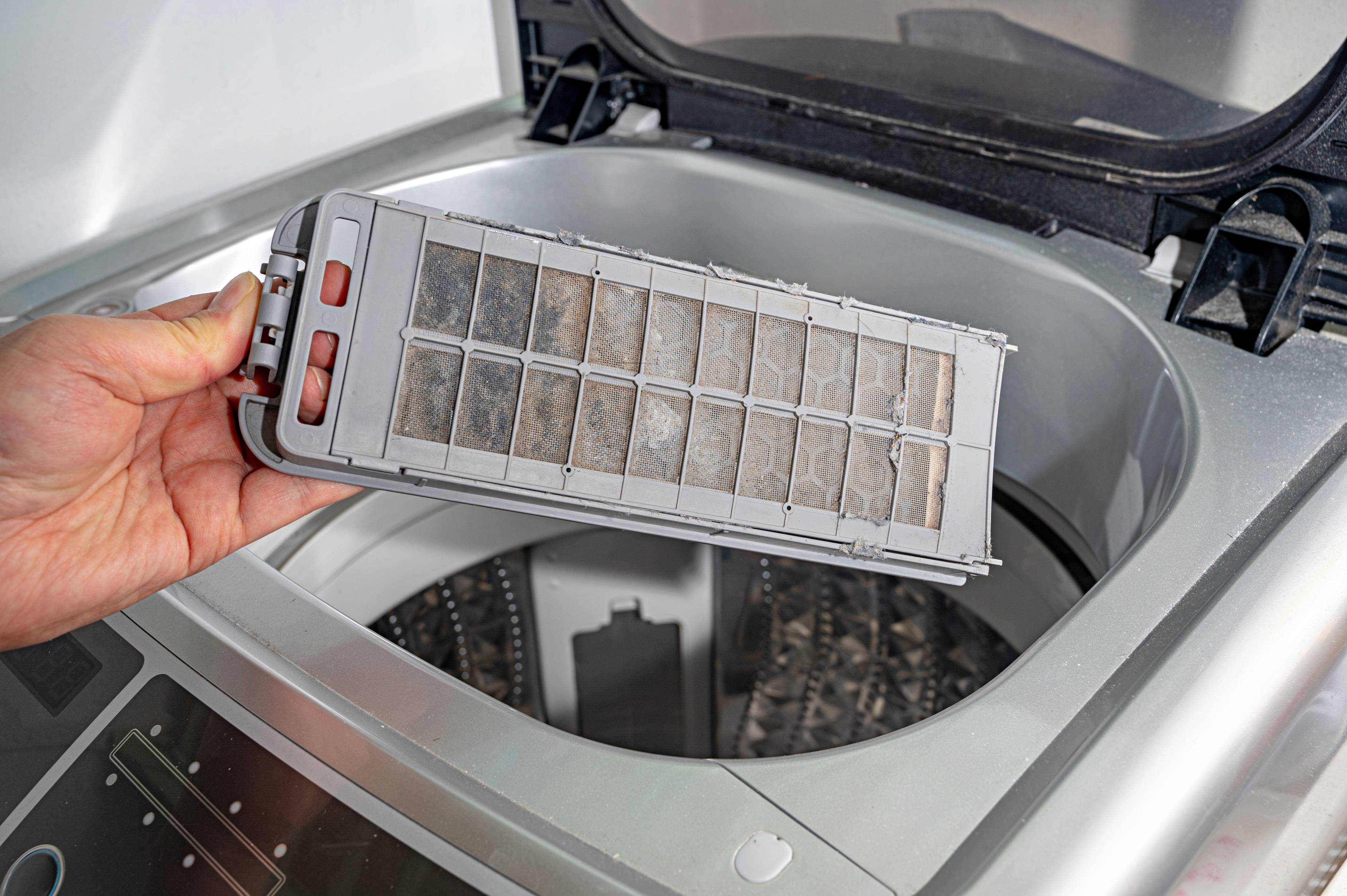
Cleaning the drum and other parts helps eliminate bad odours, but the filter is crucial for optimal washer health. Here’s how to find and clean yours:
- Front-loaders: The filter door is usually located at the front bottom corner of the machine. Place a towel and a shallow dish underneath to catch any water that spills. Unscrew the filter cap and let the water drain out. Soak the filter in warm, soapy water and scrub away debris with a toothbrush.
- Top-loaders: The filter is often located inside the fabric softener dispenser. Consult your manual for specific removal instructions. Once removed, clean it with warm, soapy water and a toothbrush.
How to keep your washing machine clean and fresh

Here are some simple habits to keep your washer running smoothly:
Avoid excess detergent
It might seem counterintuitive, but too much detergent can lead to residue buildup. Check the packaging for recommended dosing and avoid overfilling the dispenser.
Pre-treat when necessary
Heavily soiled clothes can create a breeding ground for bacteria. If your clothes are filthy, consider a quick pre-rinse or pre-treat solution before tossing them in the wash.
Tame the limescale beast
Limescale buildup can contribute to inefficiency. Consider using water softener tablets in your machine or a water softener connected to your plumbing to minimize buildup.
Air it out
Leaving the washing machine door open after each cycle allows moisture to escape, preventing mould growth. For front-loaders, leave the detergent drawer open as well to promote airflow.
Blast with hot water
Run an empty hot water wash cycle at least twice a month. This helps remove any hidden residue and keeps your machine feeling fresh.
Enjoy a clean washing machine with Airtasker
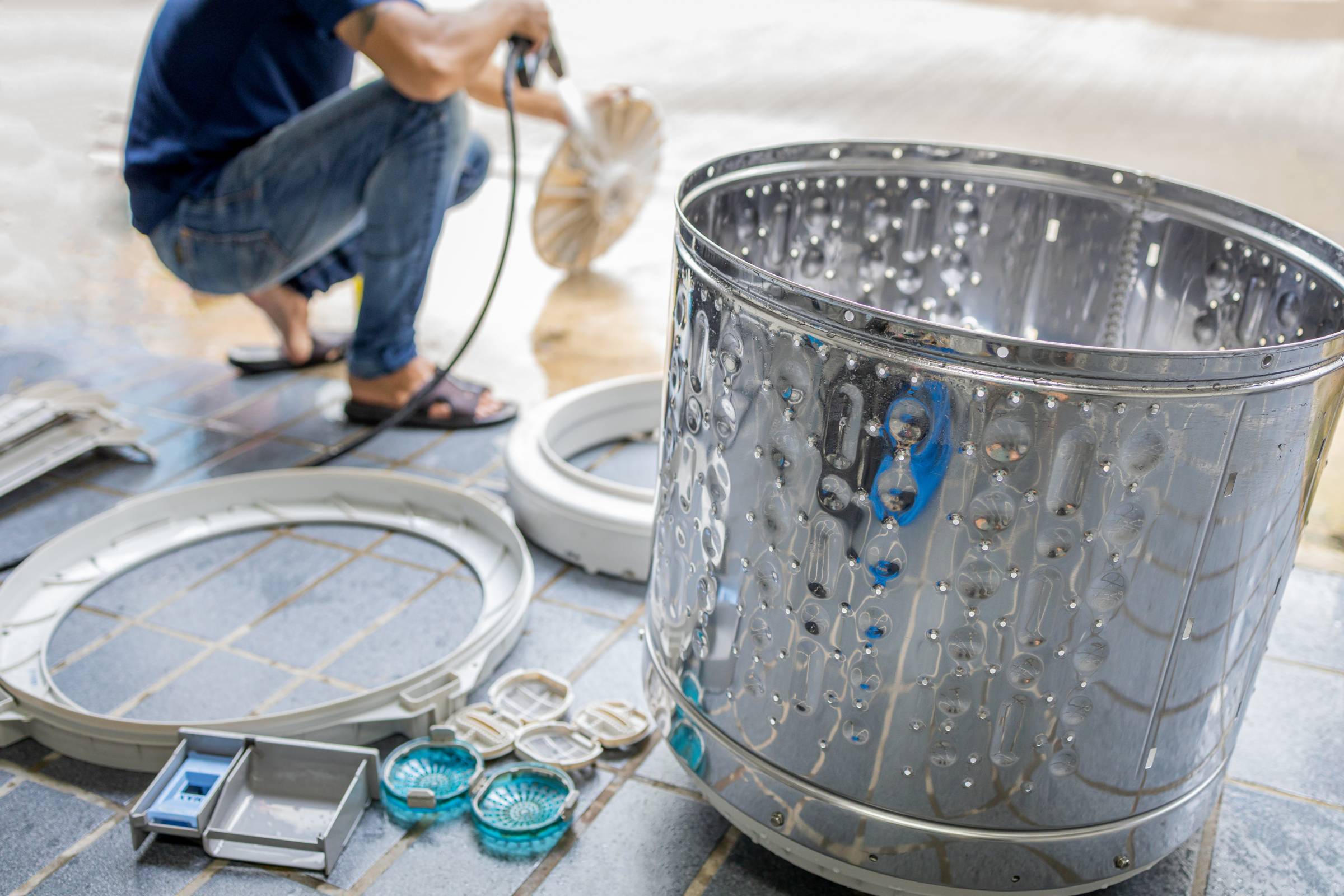
Sometimes, even with regular maintenance, a deep clean might be necessary. If your washing machine is particularly neglected, multiple cleaning sessions at home might be needed. However, for those seeking a quicker solution, professional cleaning services can restore your washer to its former glory.
By incorporating these simple practices into your laundry routine, you can maintain a clean and fresh washing machine for optimal performance and fresh-smelling clothes.
FAQs on washing machine cleaning
You can use cold water, but you won’t get the best results. Hot water breaks down the soapy residue inside the washer and kills bacteria and germs.
White vinegar is safe for use, but you need to be cautious when cleaning around the rubber seals on the door. Don’t use strong vinegar for seals made from Buna-N or polyacrylate because it weakens them.
Don’t use vinegar and bleach simultaneously because the two chemicals create a toxic gas. You need to remove traces of bleach by running a complete rinse cycle.
Find cleaners, fast
Find a cleaner
Related articles

How to best clean a washing machine
Read more
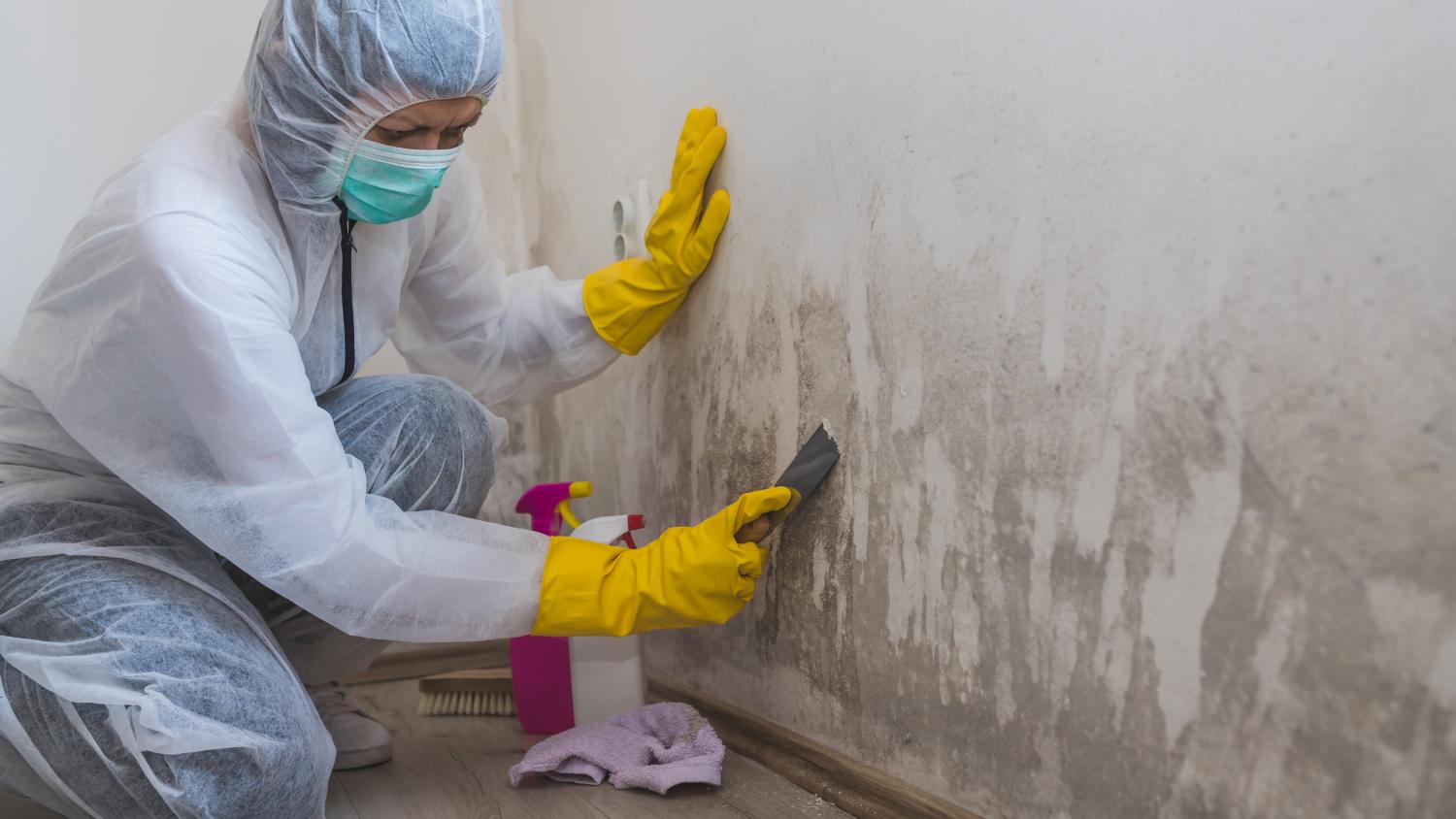
How to get rid of mould at home
Read more

How to clean your home after a flood
Read more

How to price pressure washing jobs
Read more
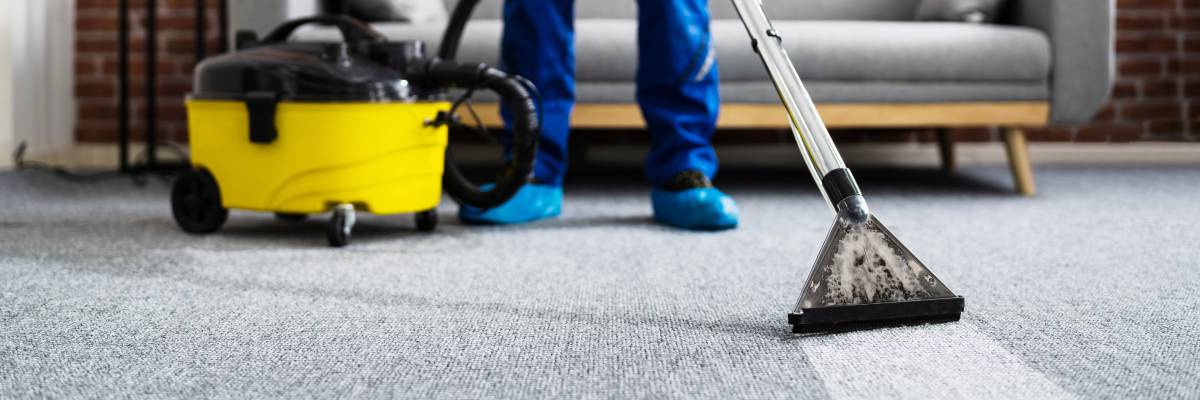
How to become a housekeeper
Read more

How to price cleaning jobs
Read more

How to get a cleaning certificate
Read more
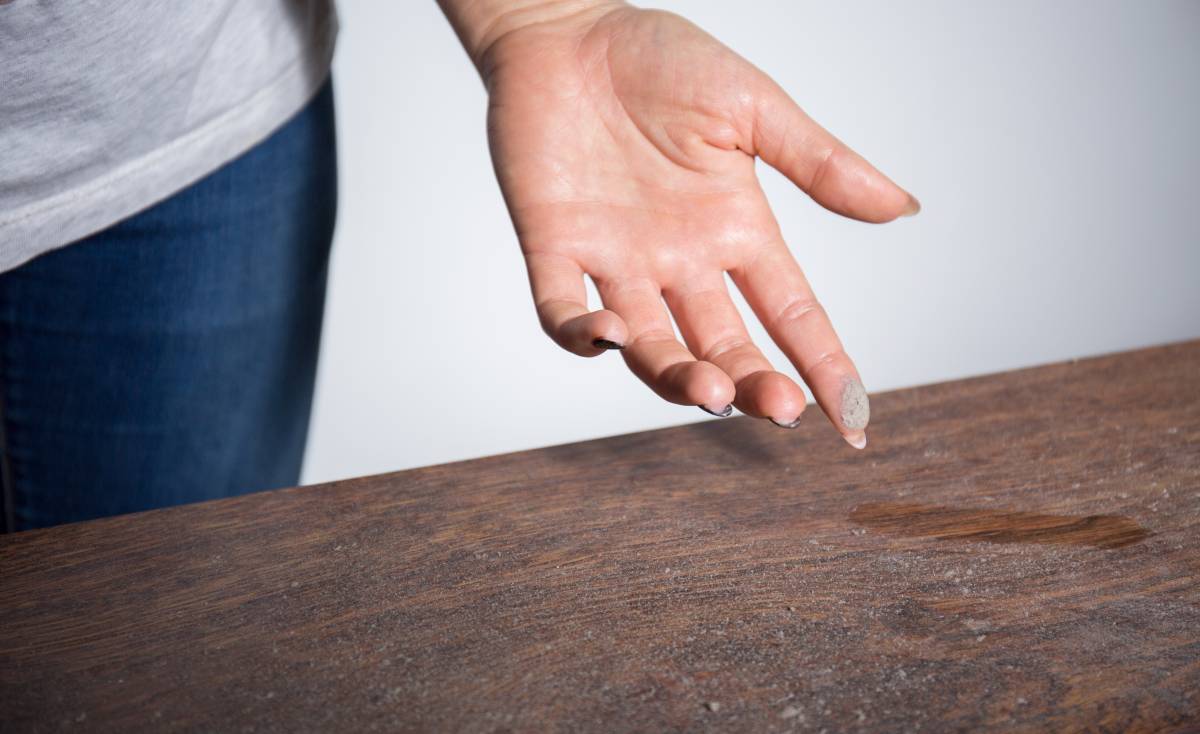
How to get rid of dust in your home
Read more

How to keep dust off your desk
Read more

How to clean a duster
Read more
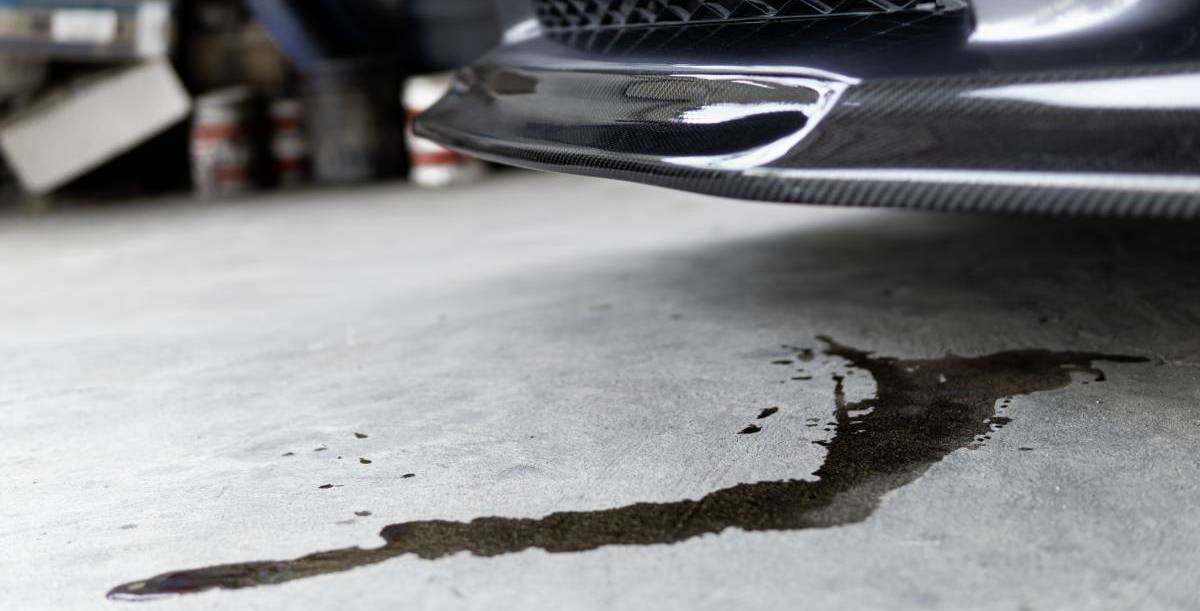
How to clean a garage floor
Read more
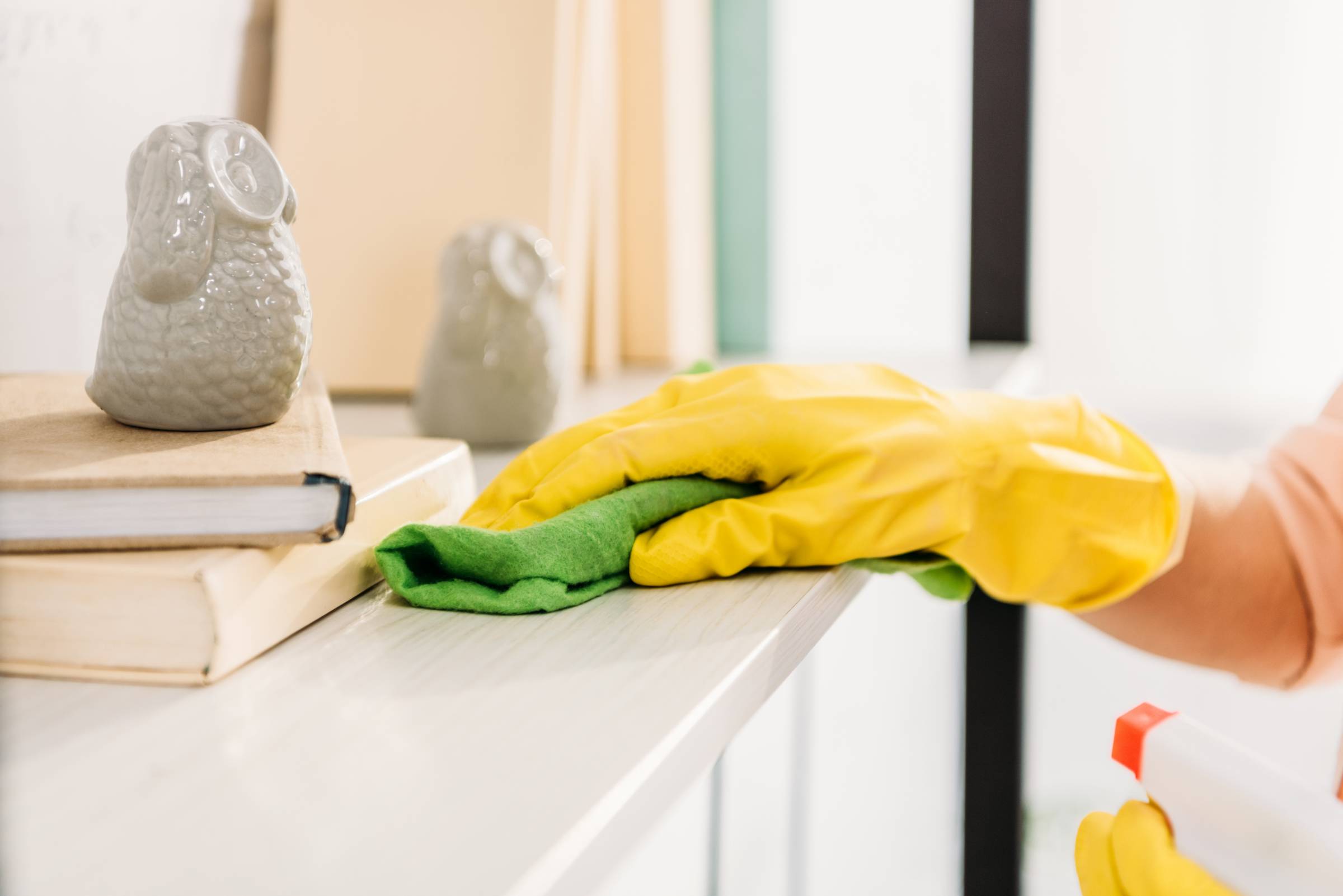
The ultimate spring cleaning checklist
Read more
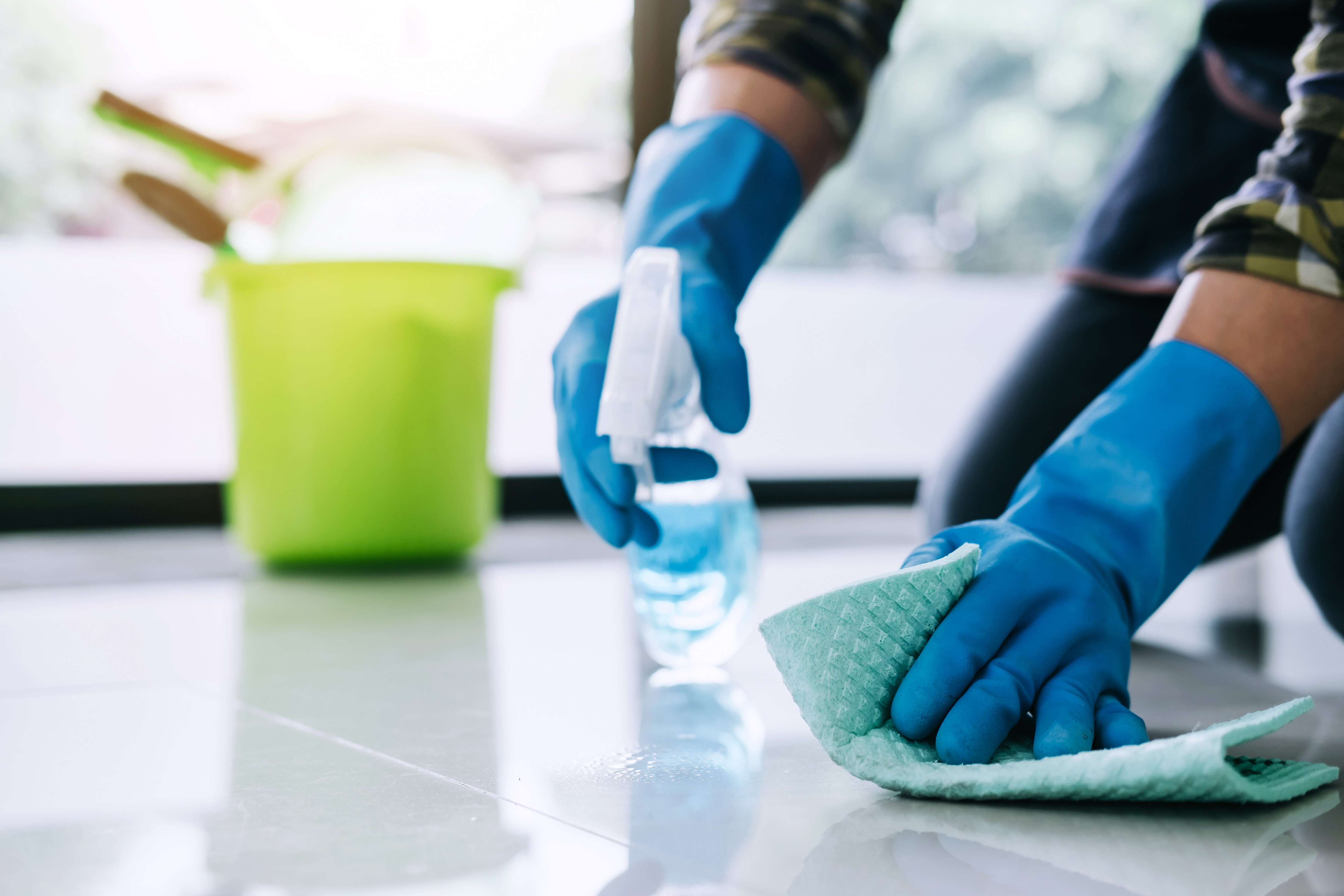
End of lease cleaning checklist
Read more
Related price guides

How much does a cleaner cost?
Read more

How much does office cleaning cost?
Read more

How much does attic cleaning cost?
Read more

How much does floor cleaning cost?
Read more

How much does brick cleaning cost?
Read more
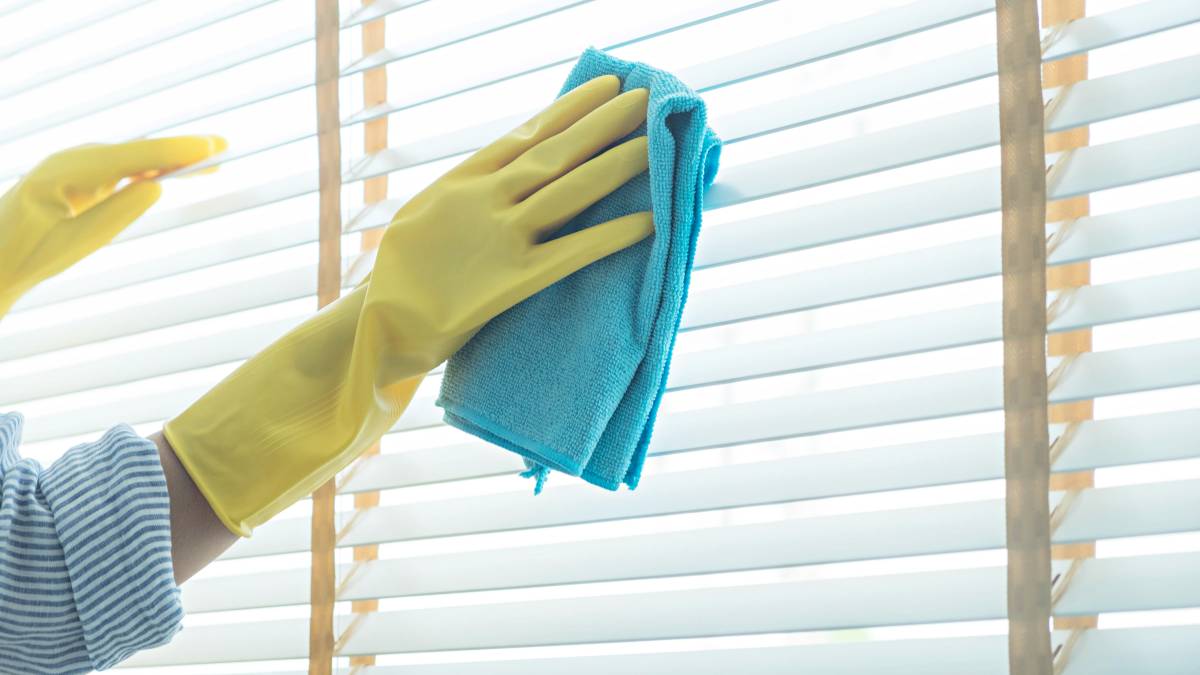
How much does blind cleaning cost?
Read more

Pressure washing prices in Australia
Read more

How much does tile cleaning cost?
Read more
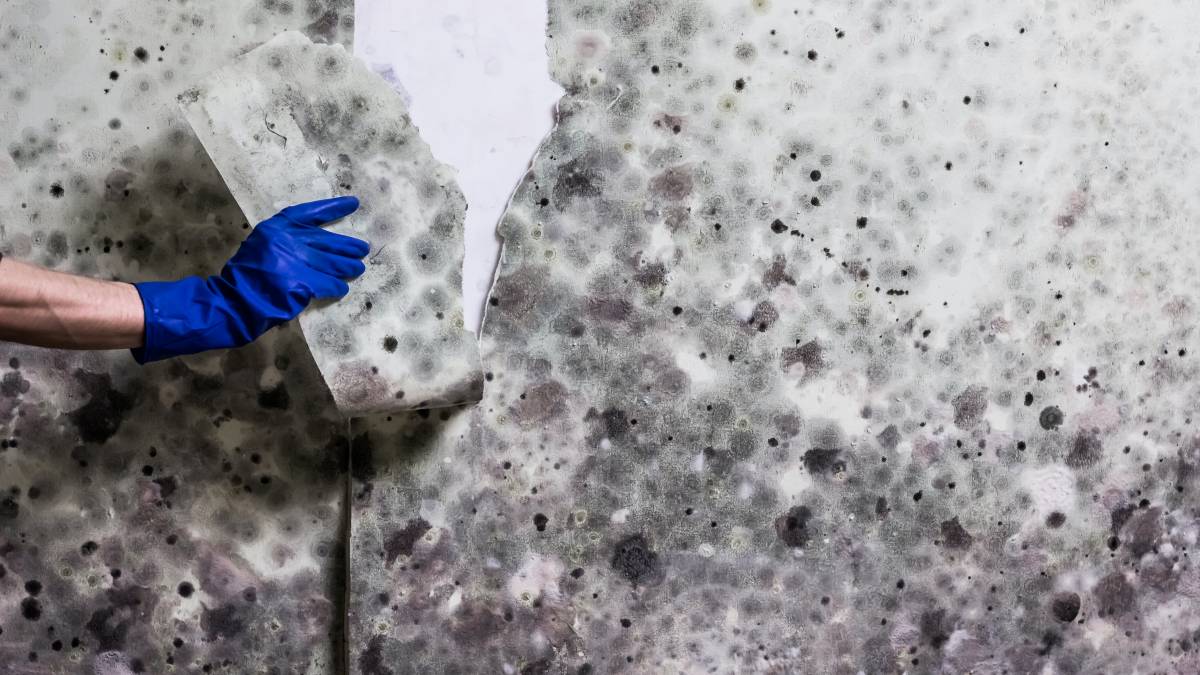
How much does mould removal cost?
Read more
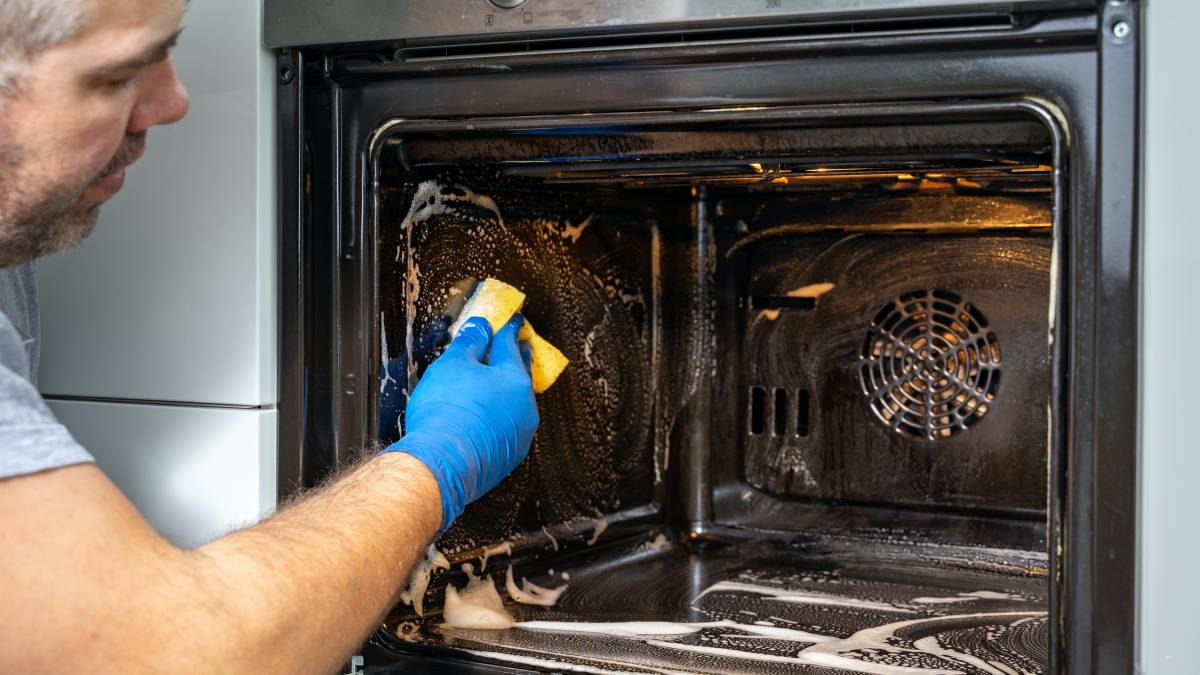
How much does oven cleaning cost?
Read more
